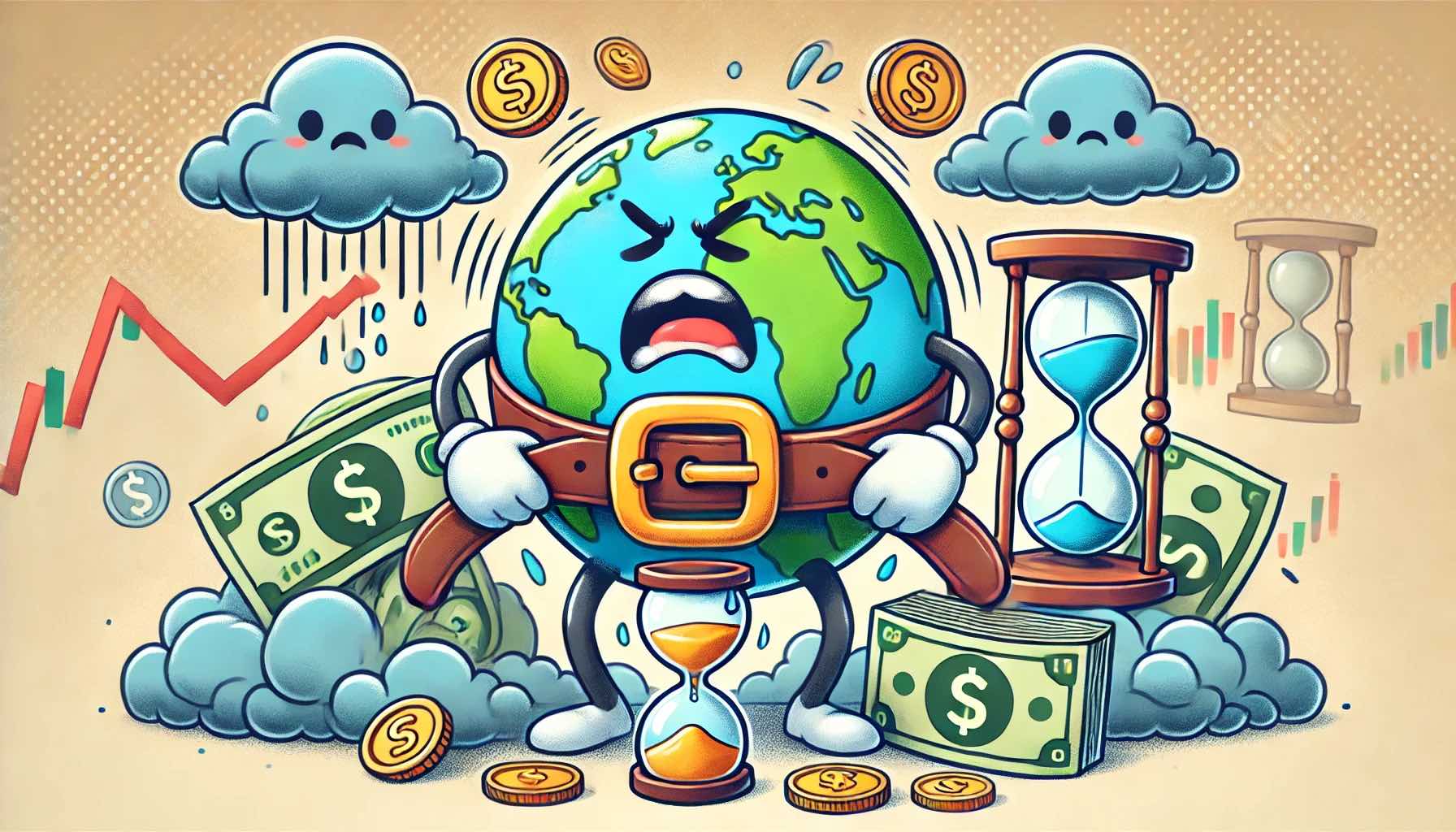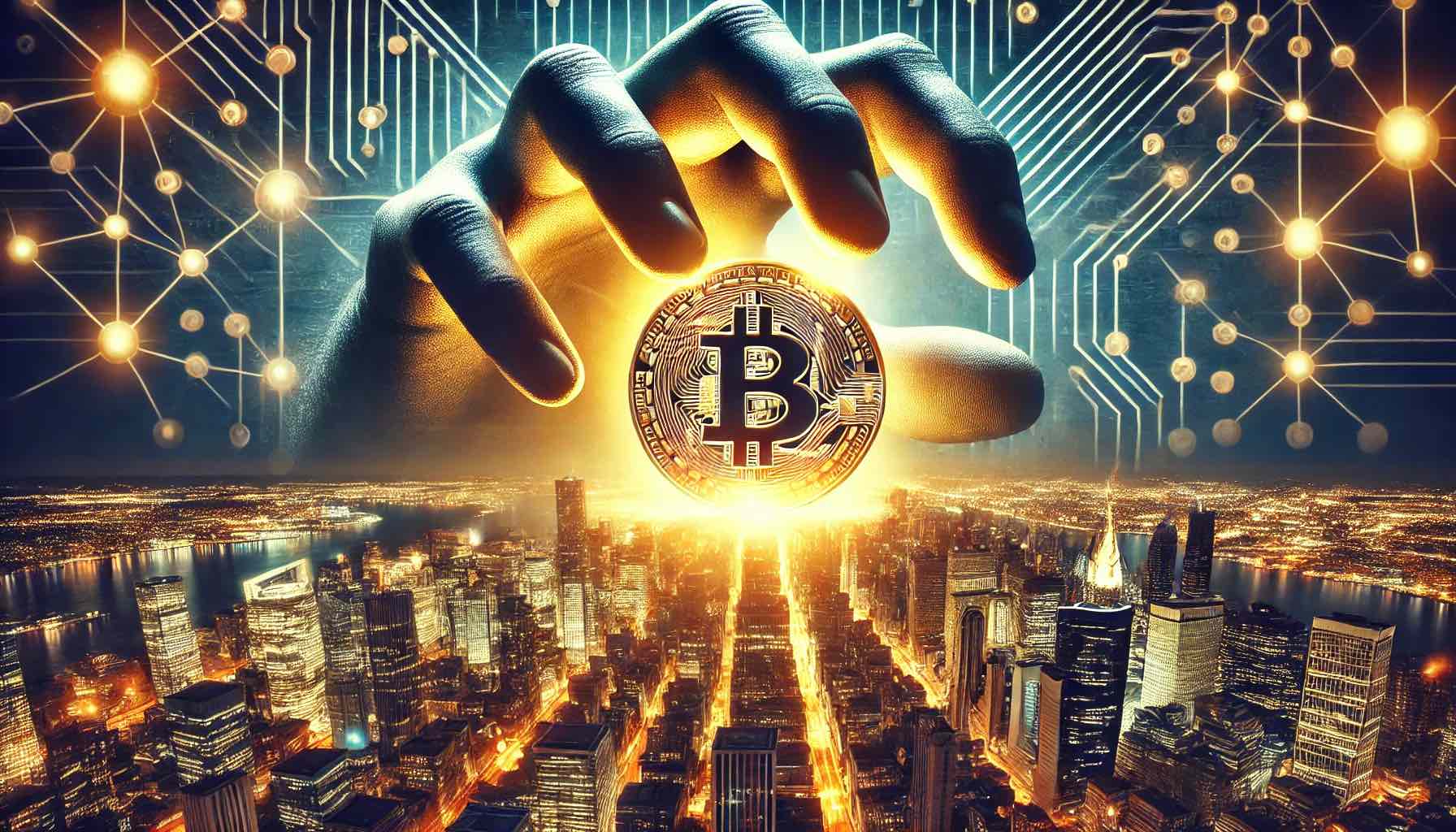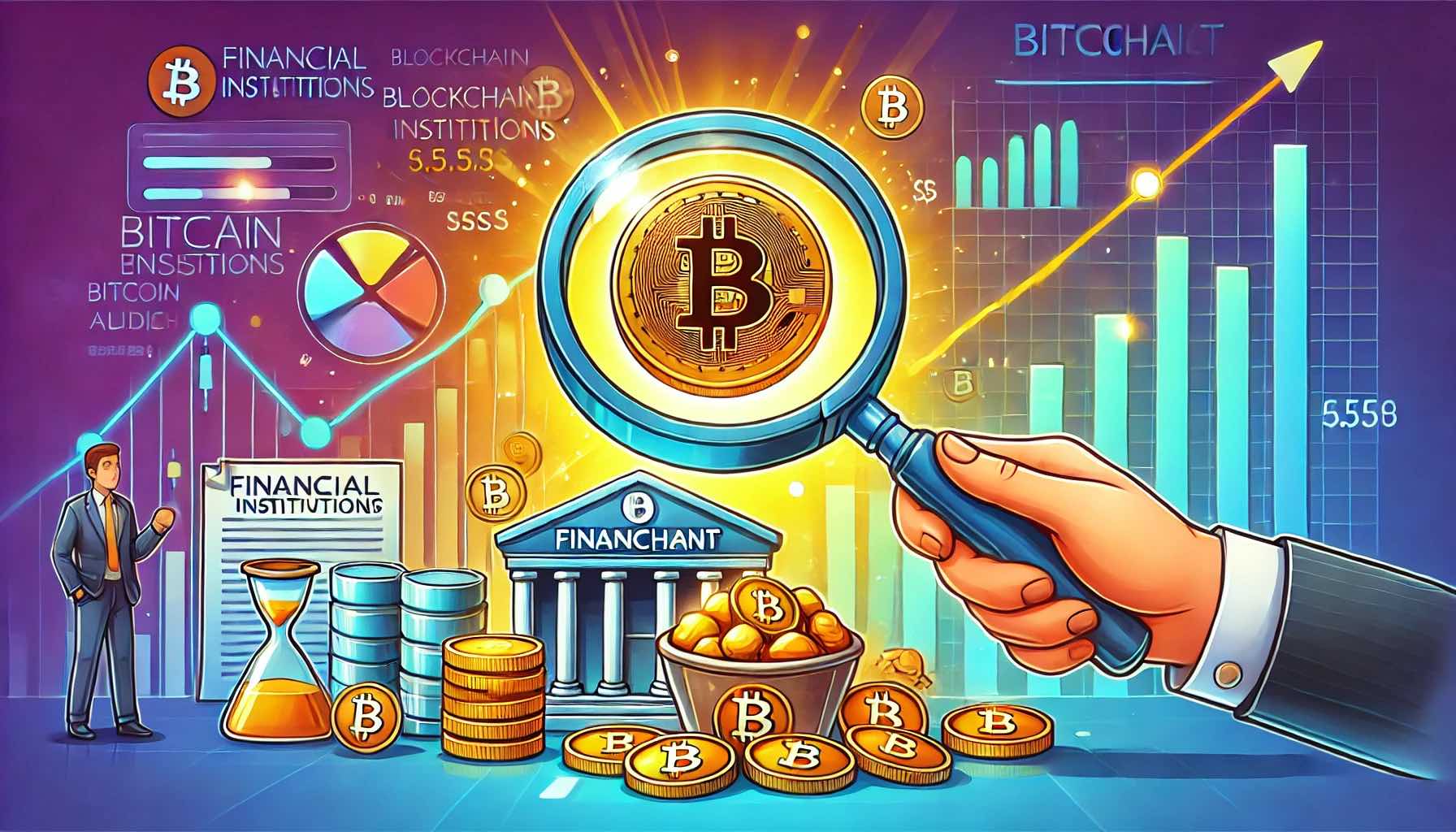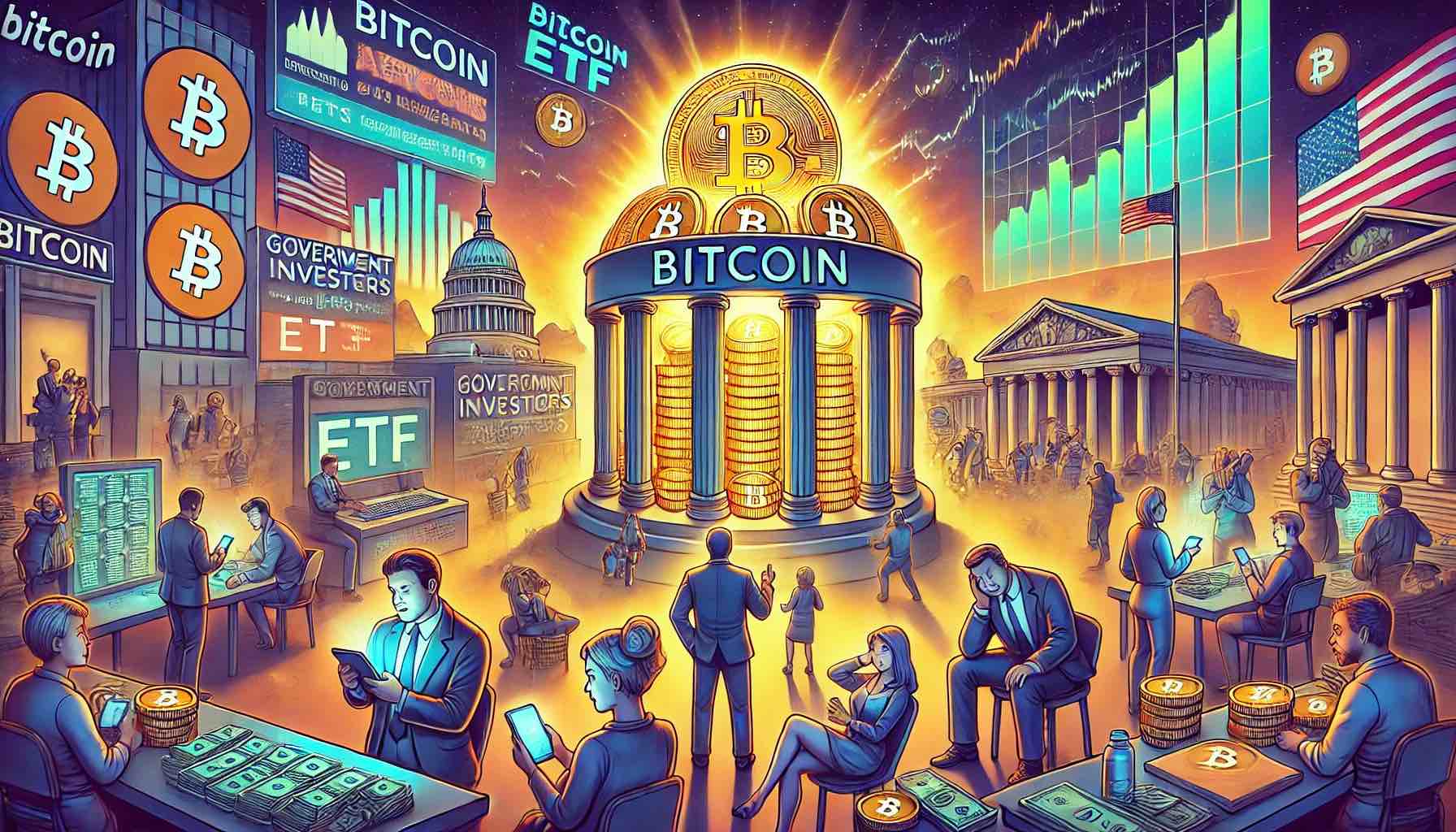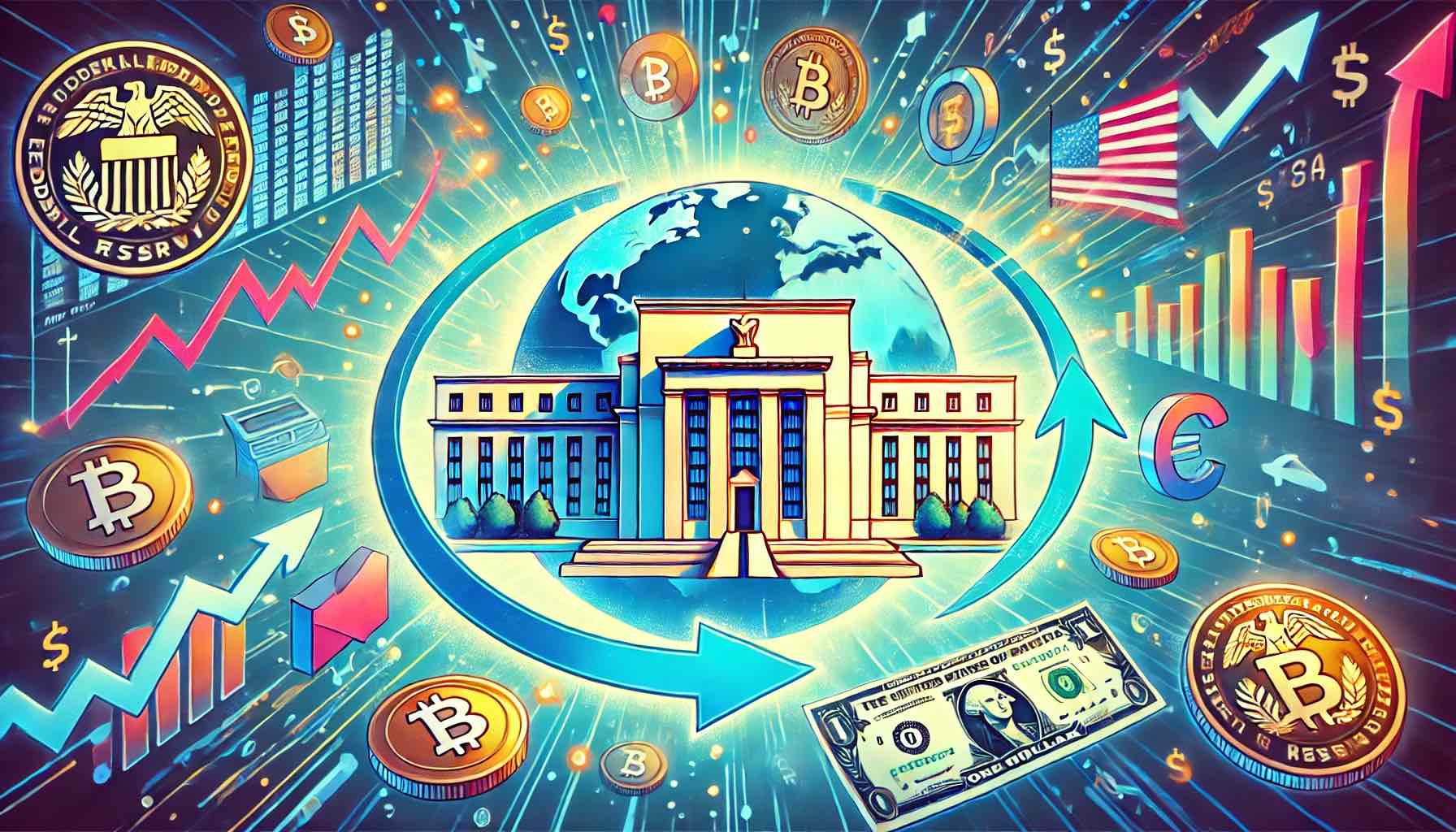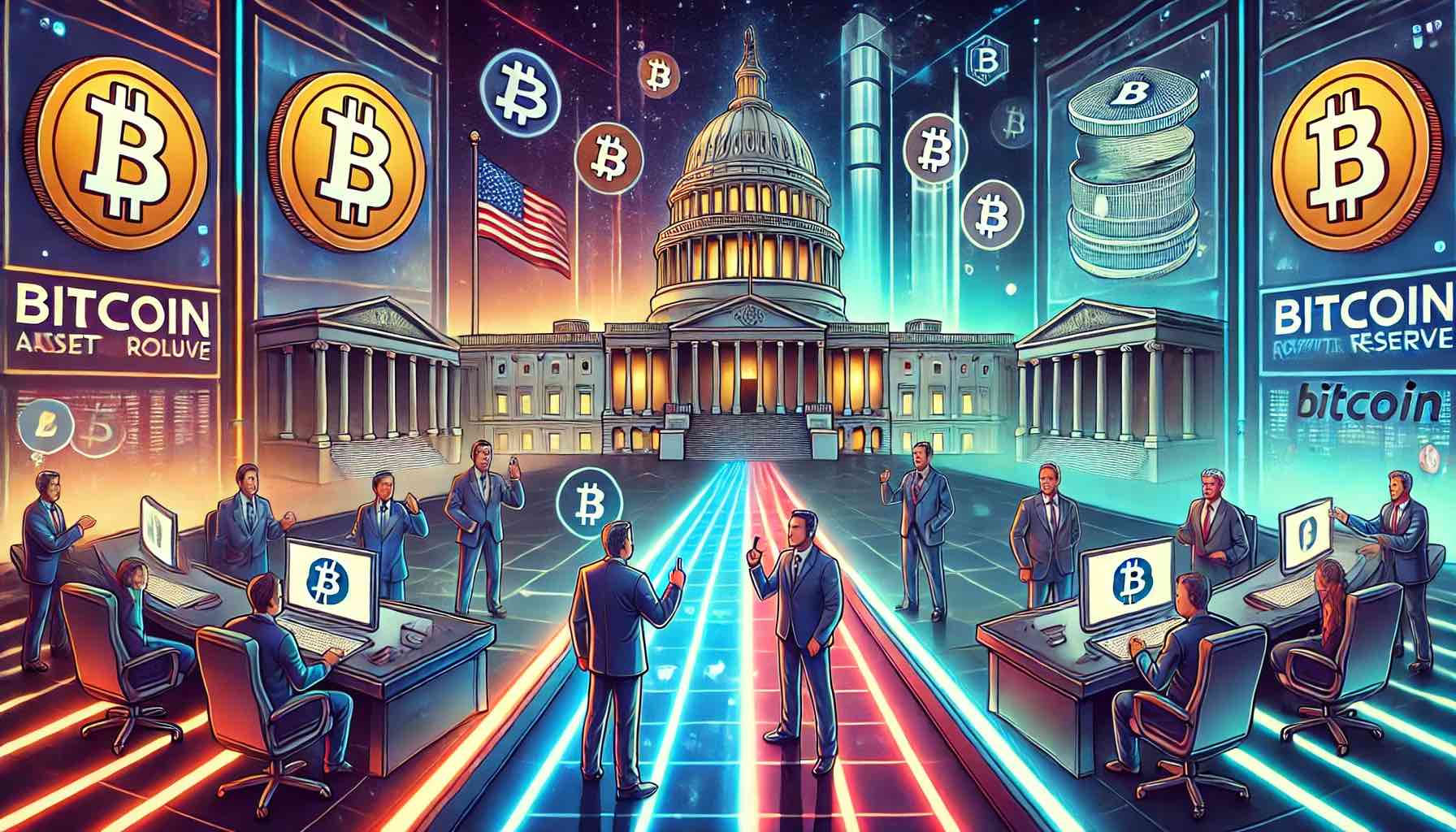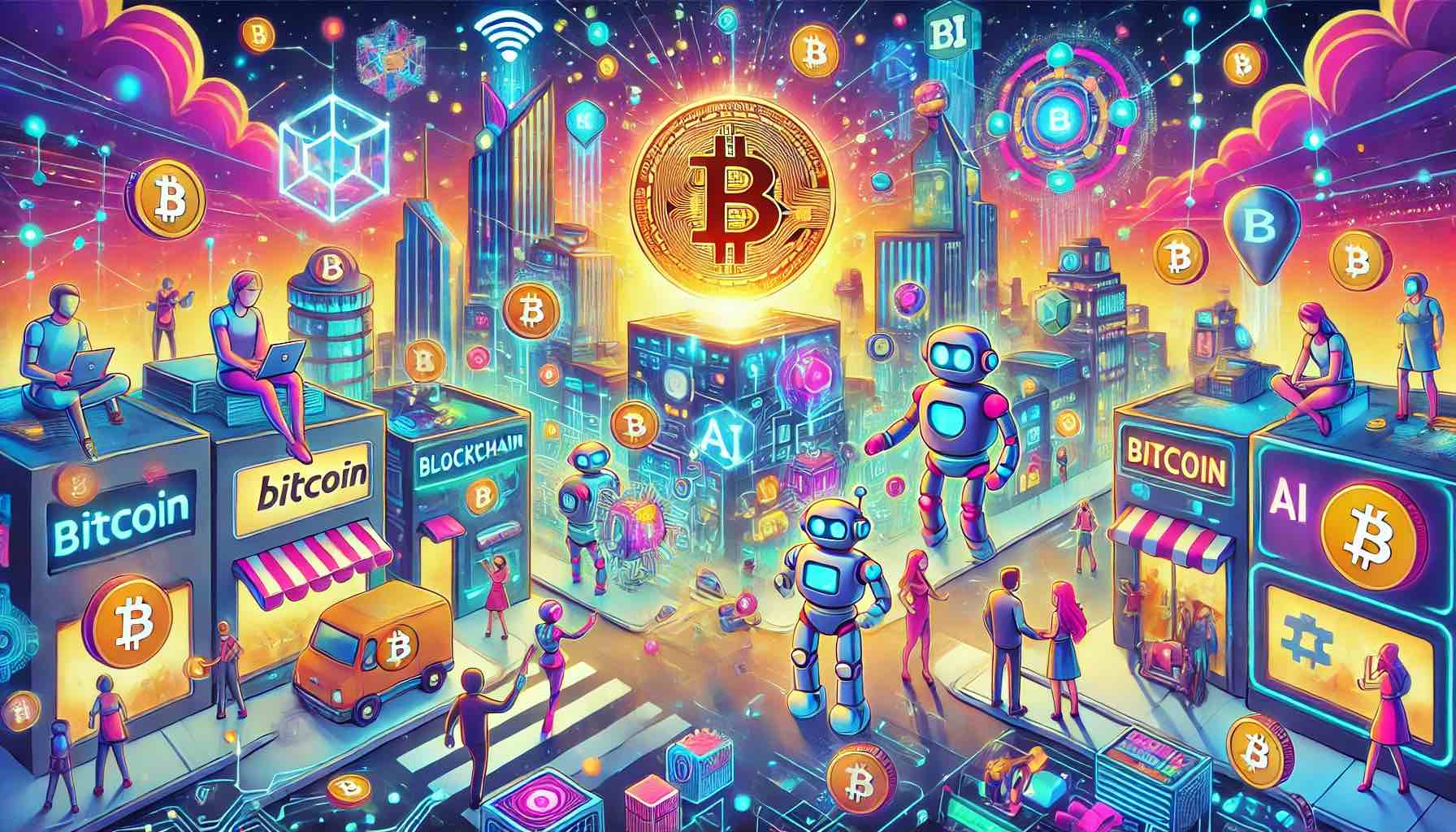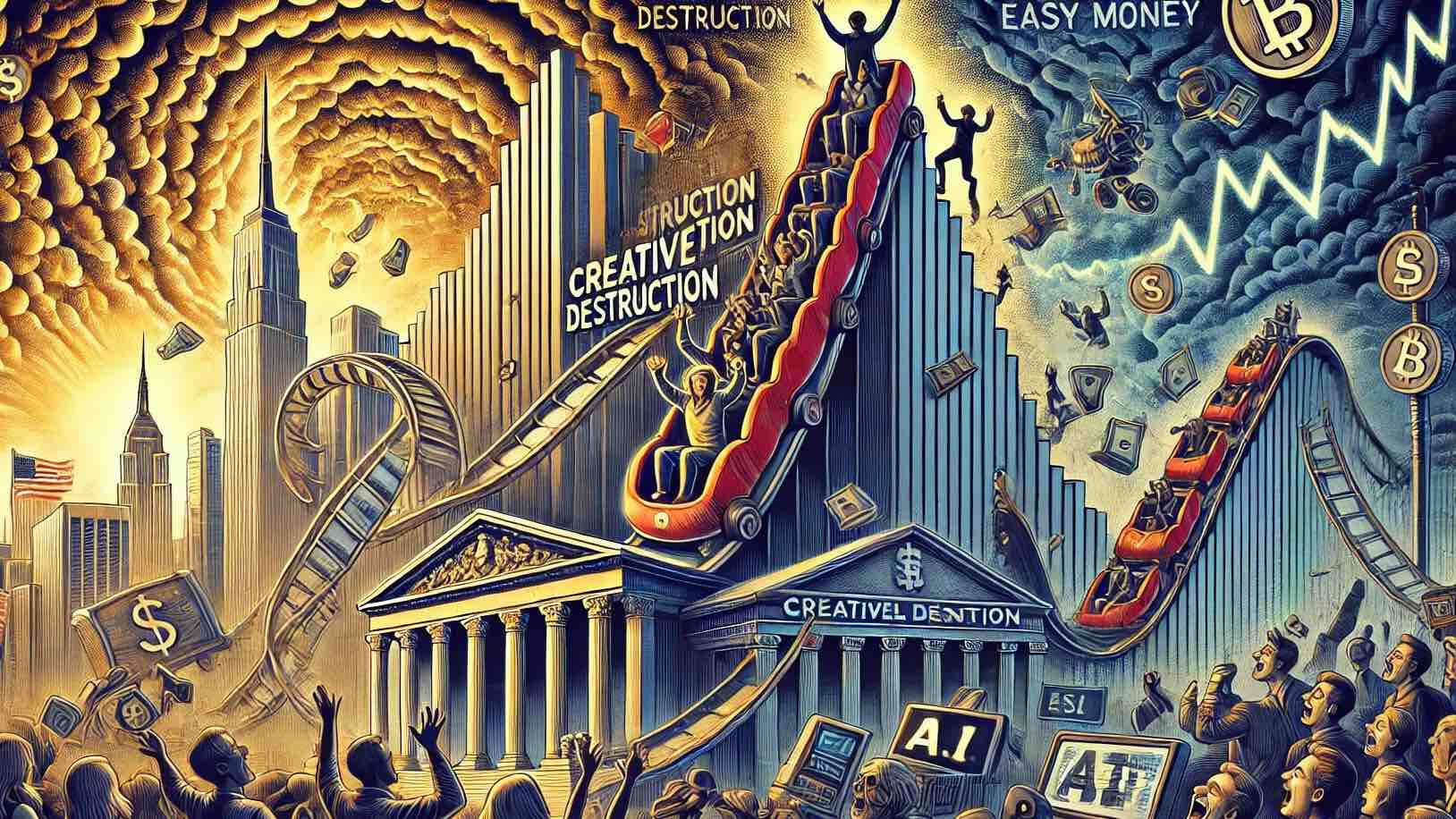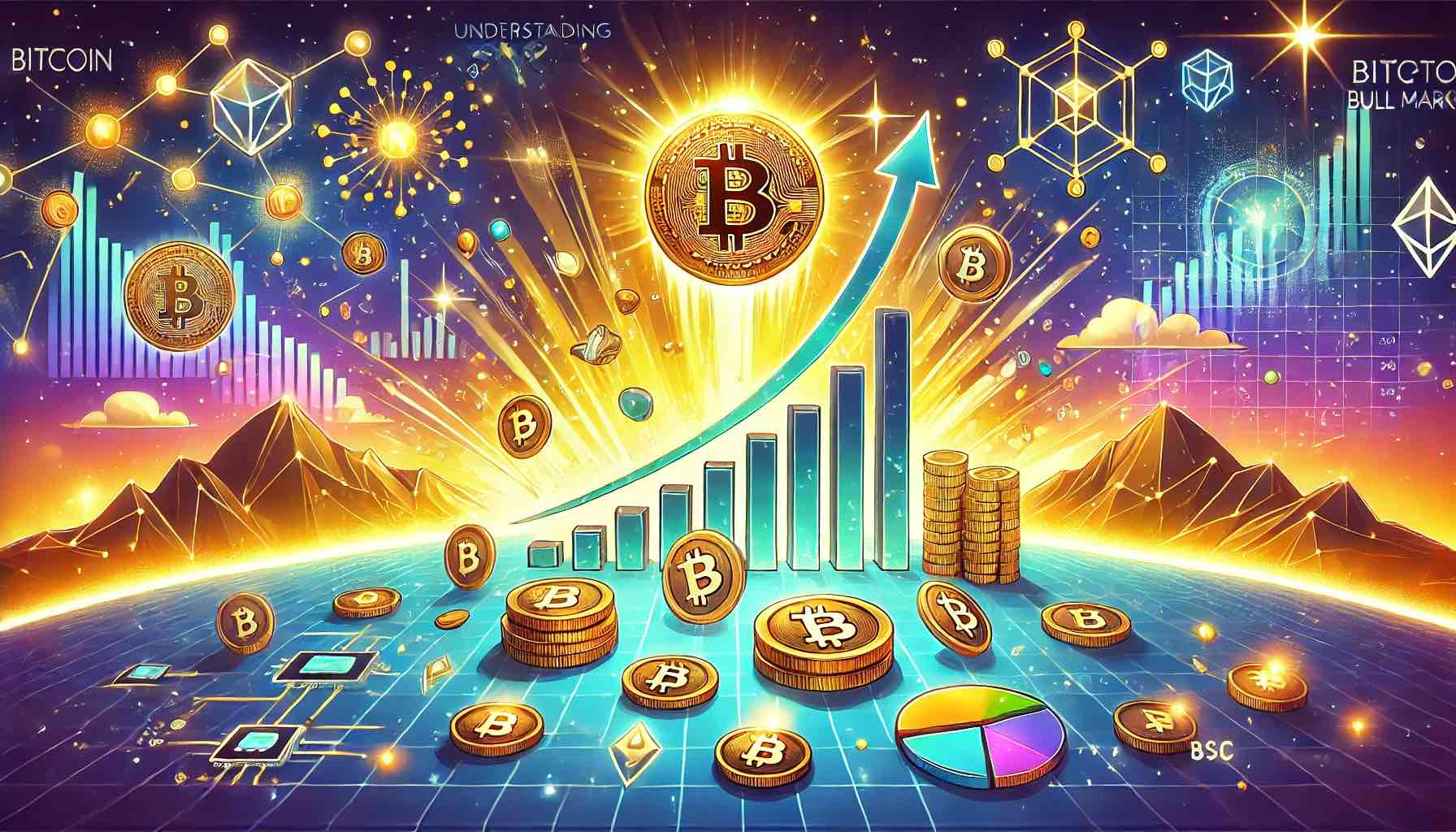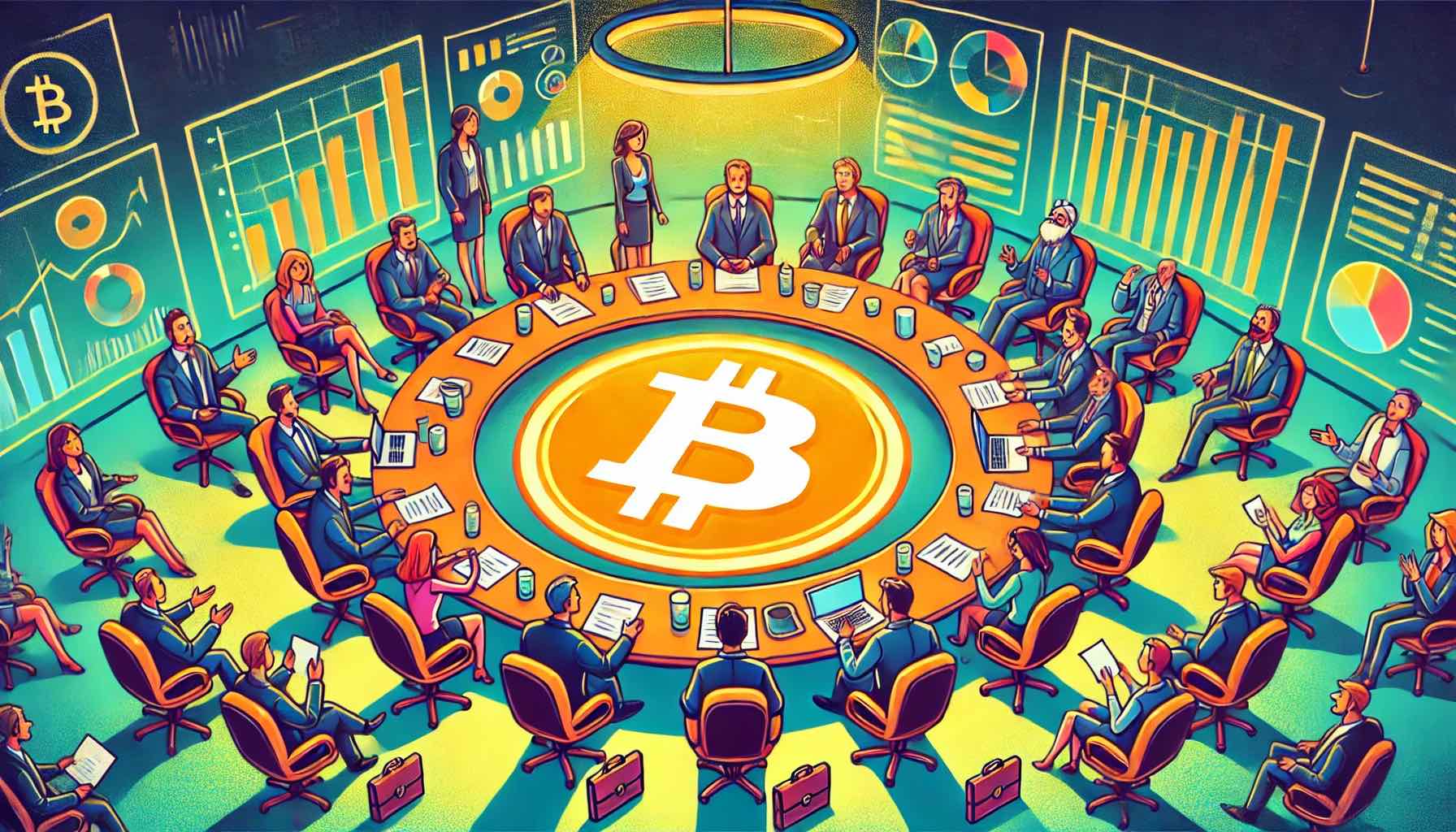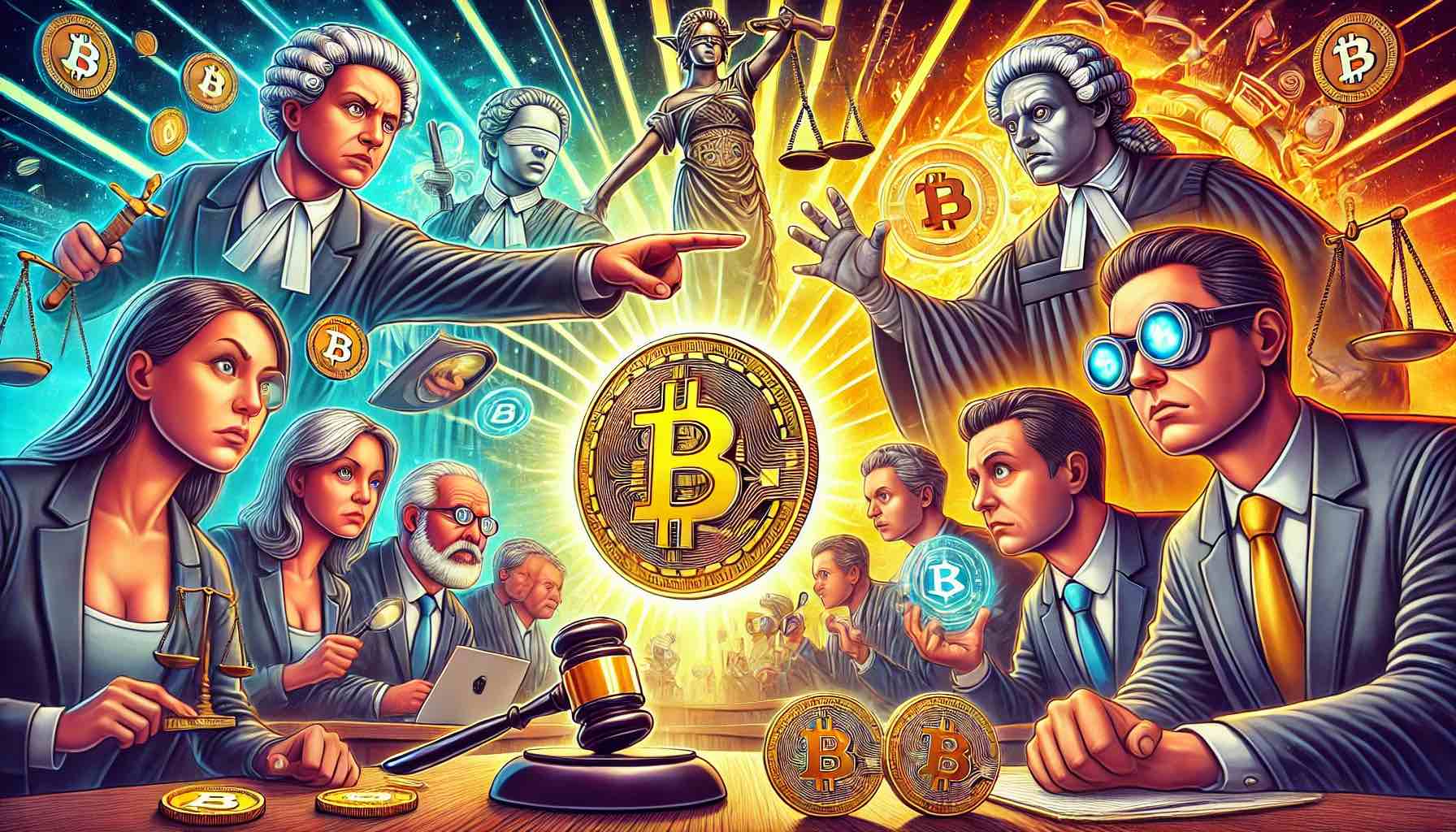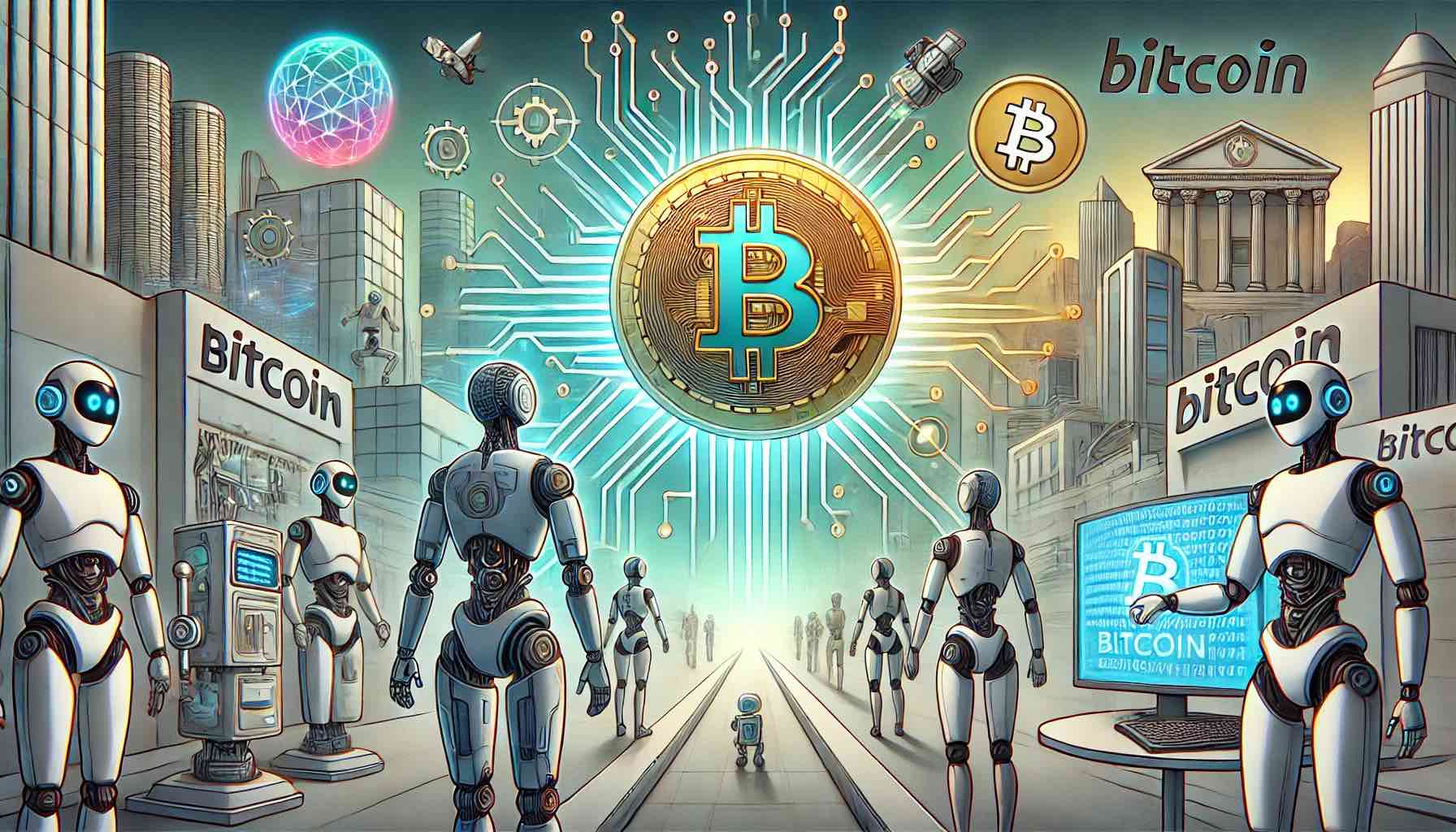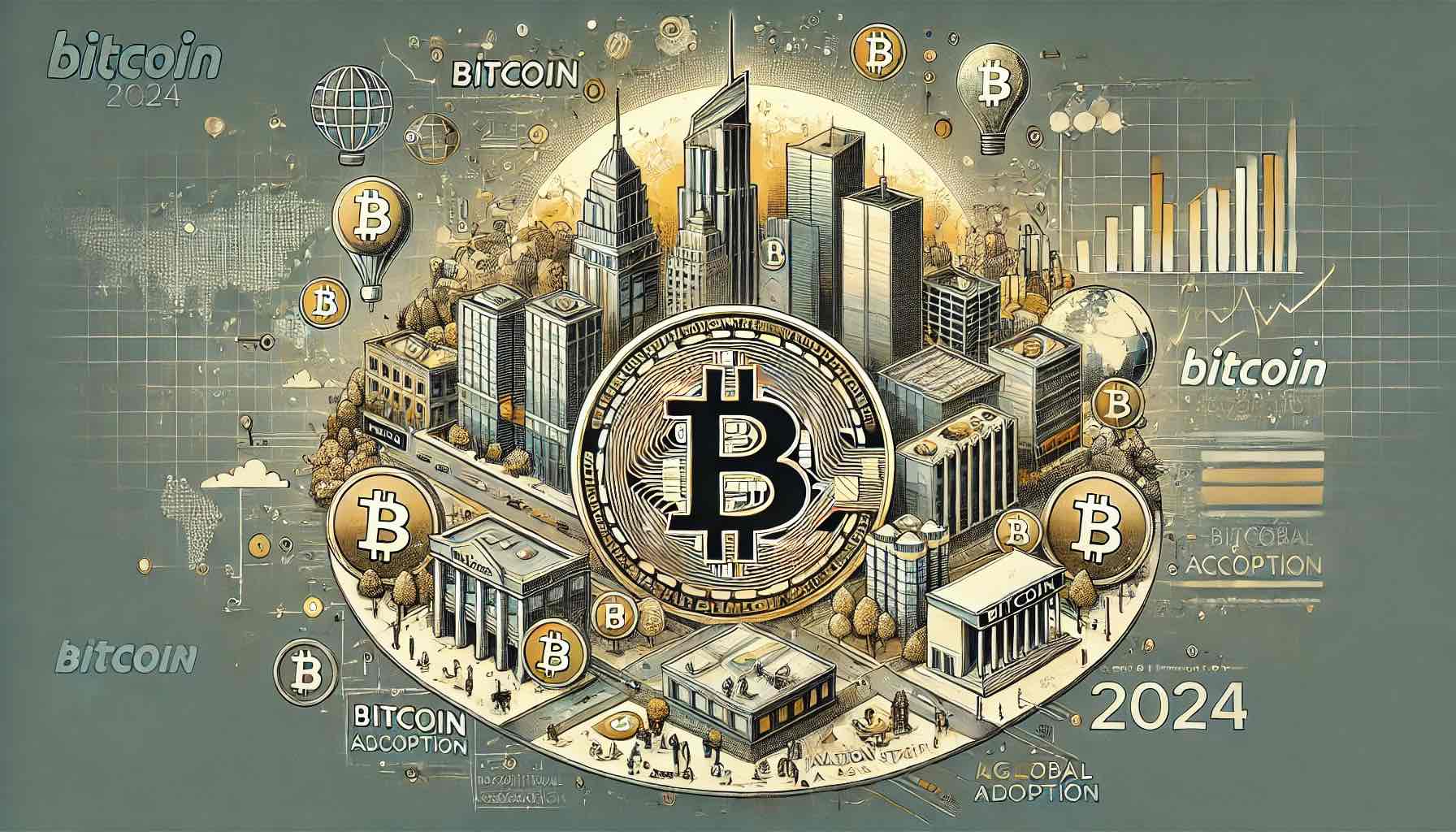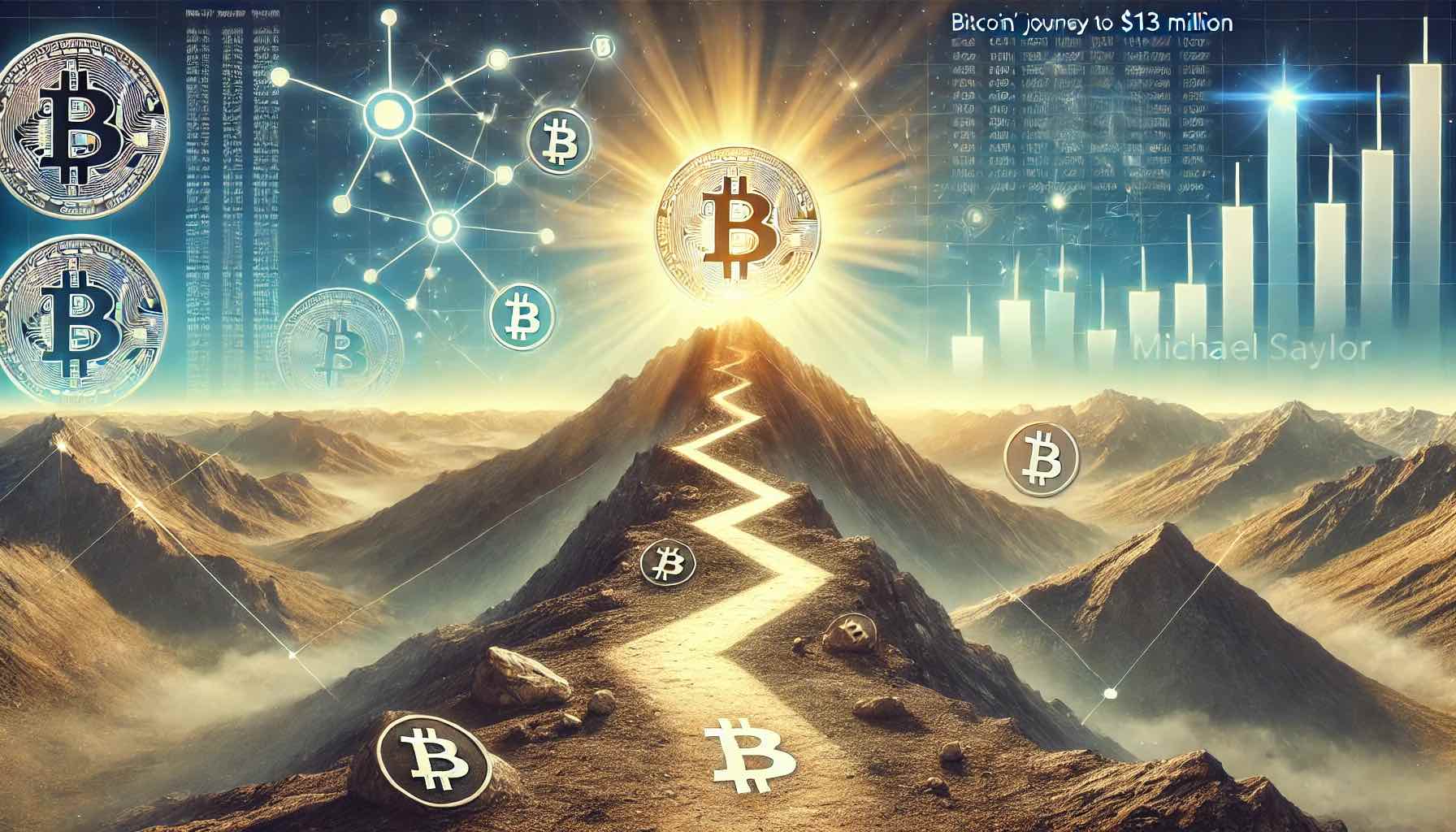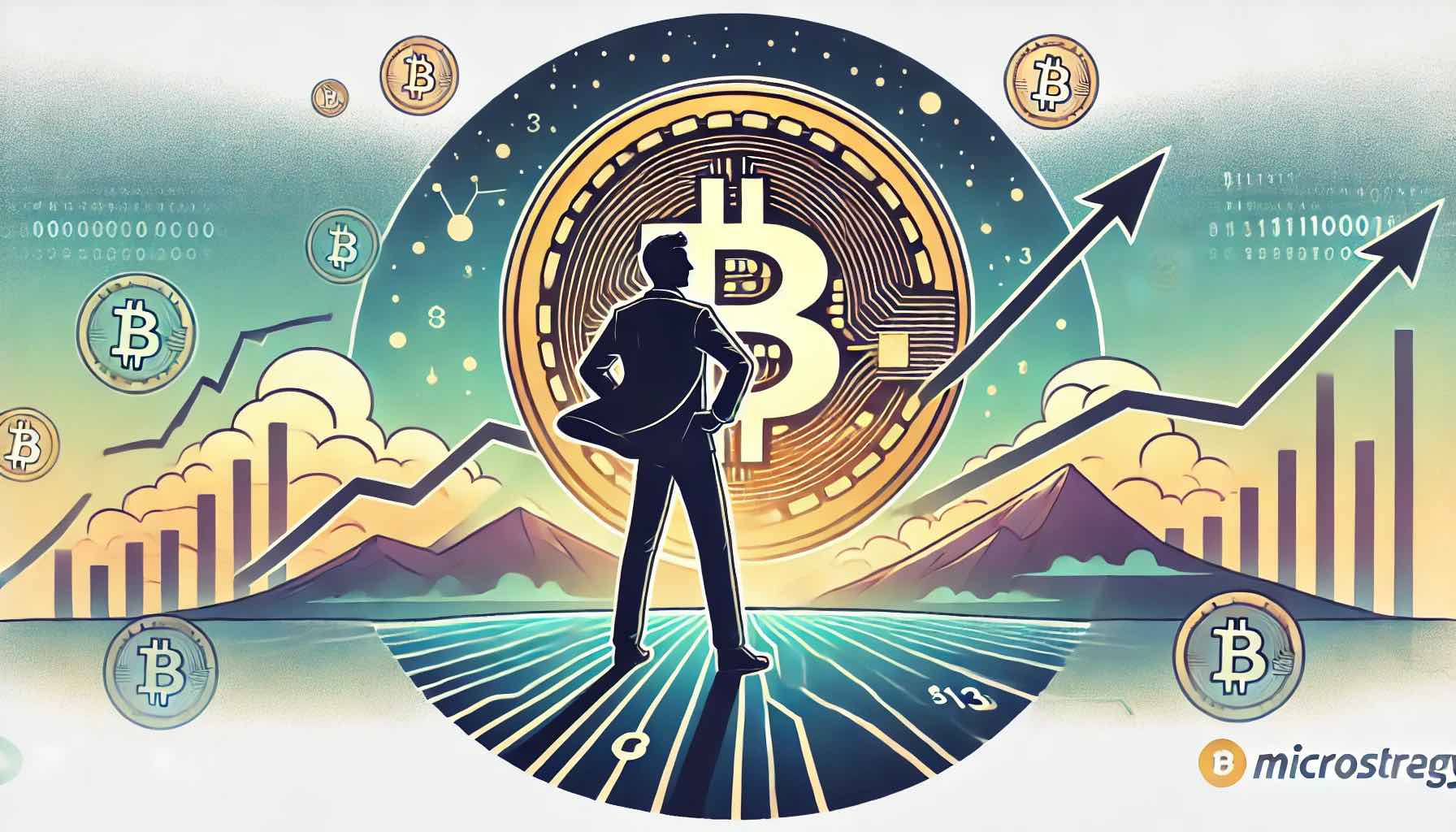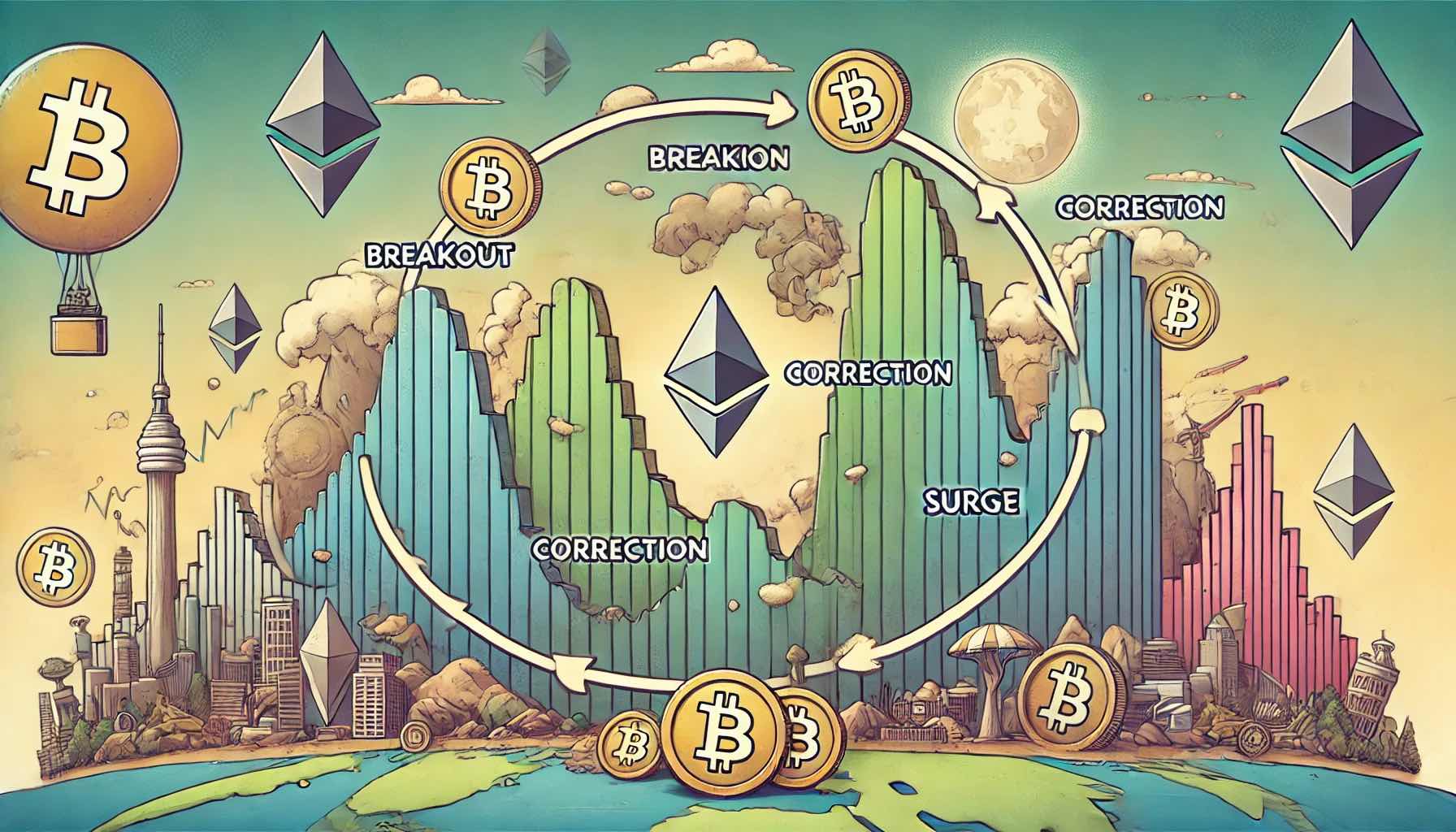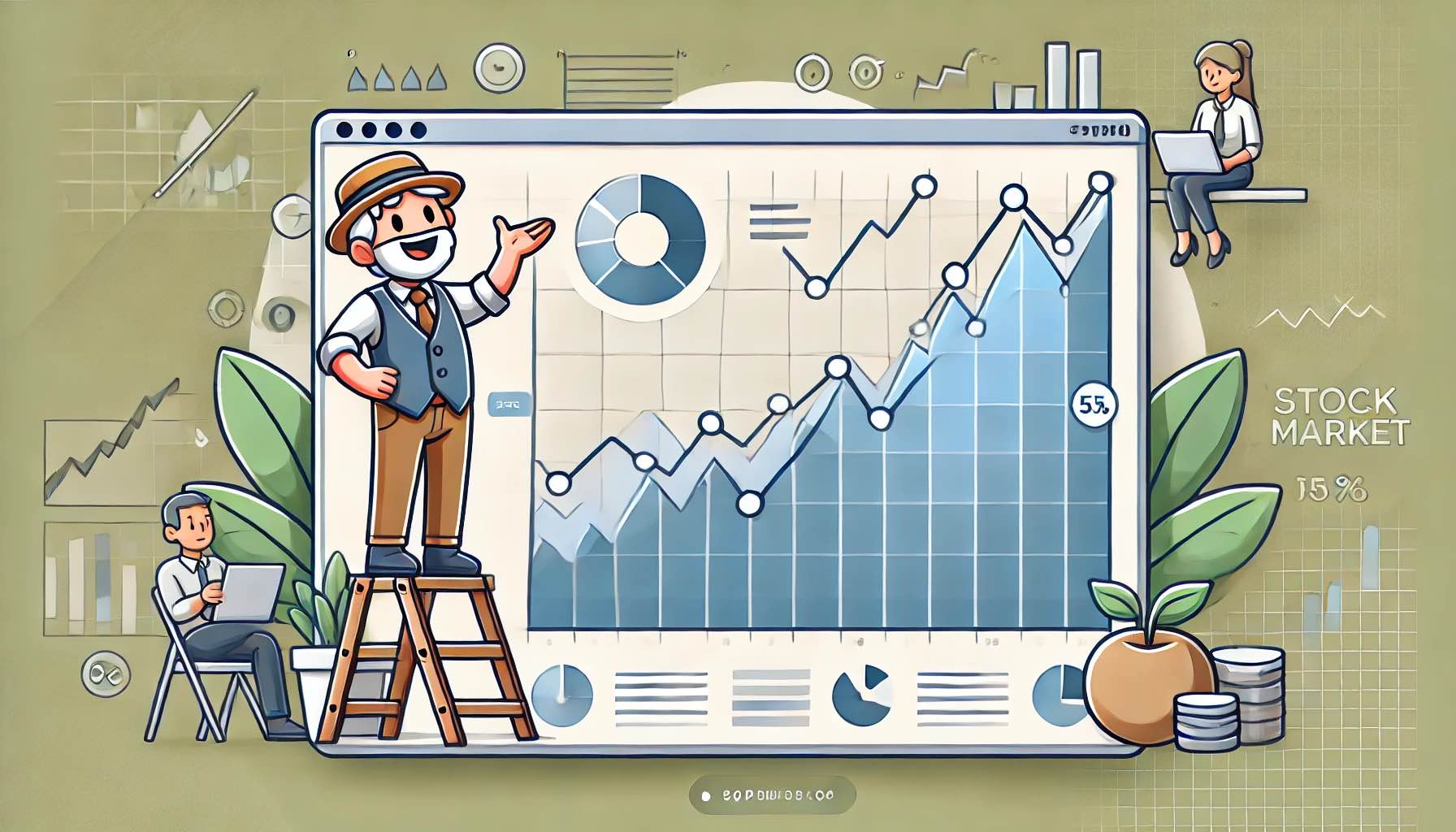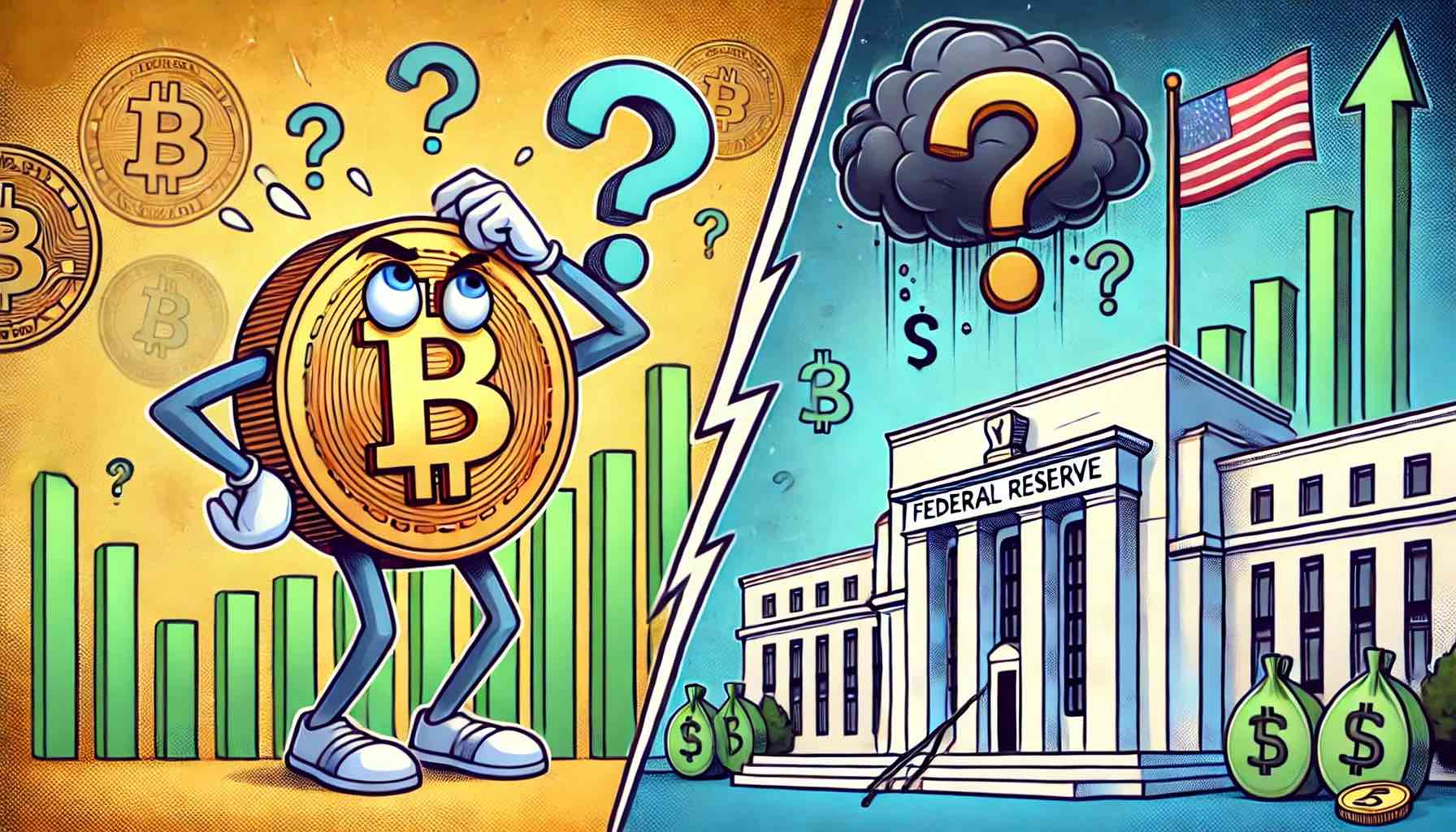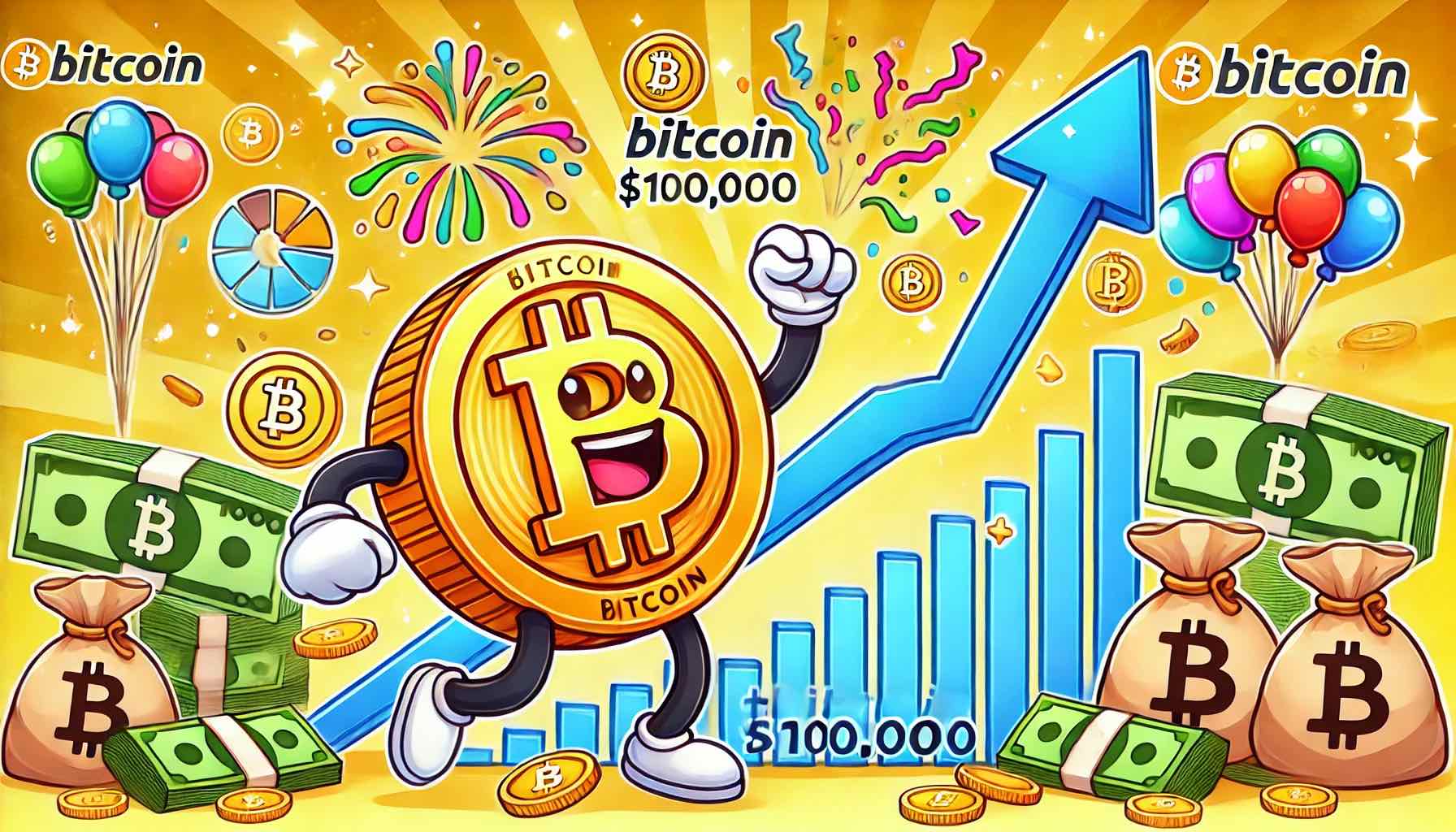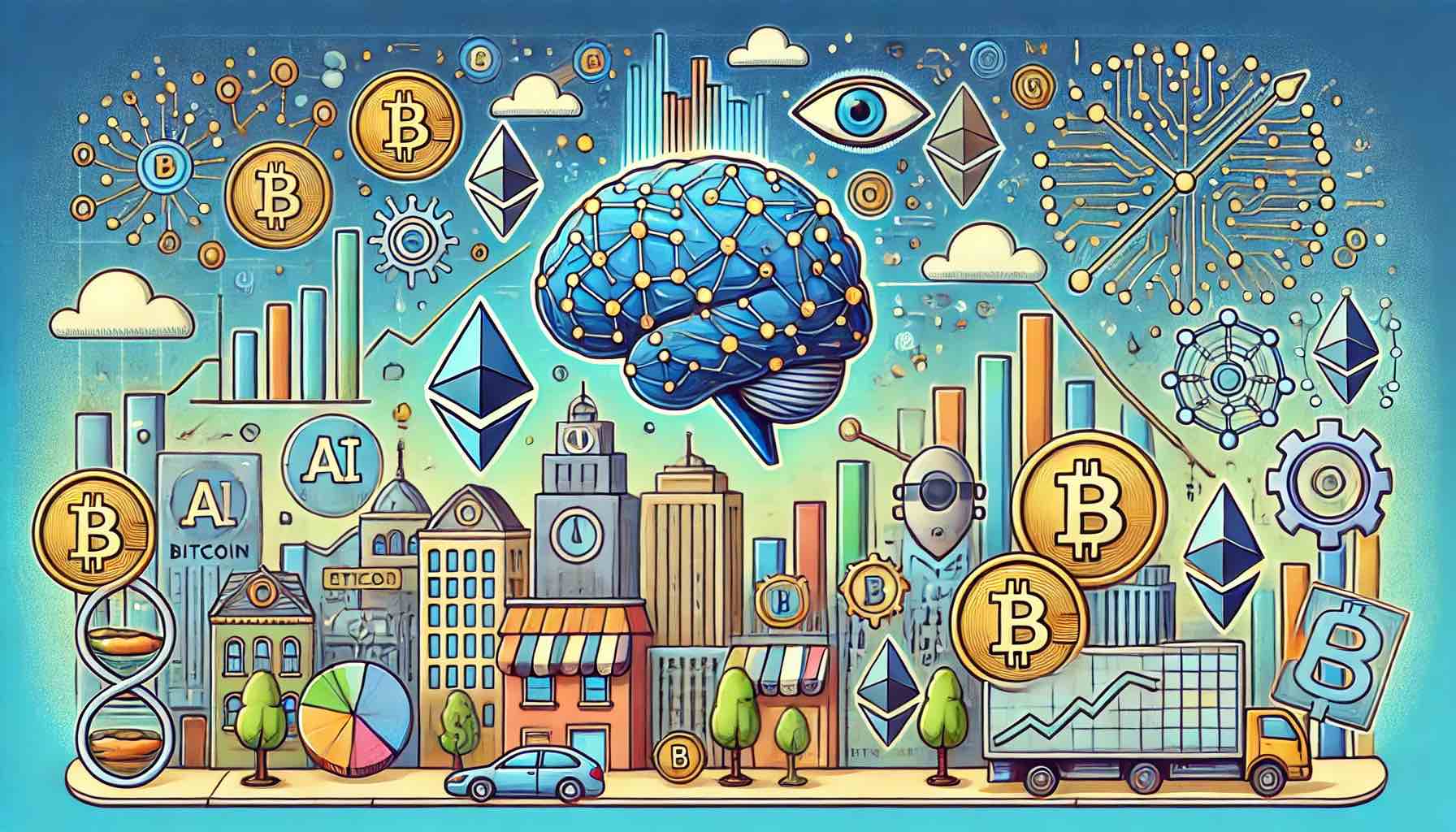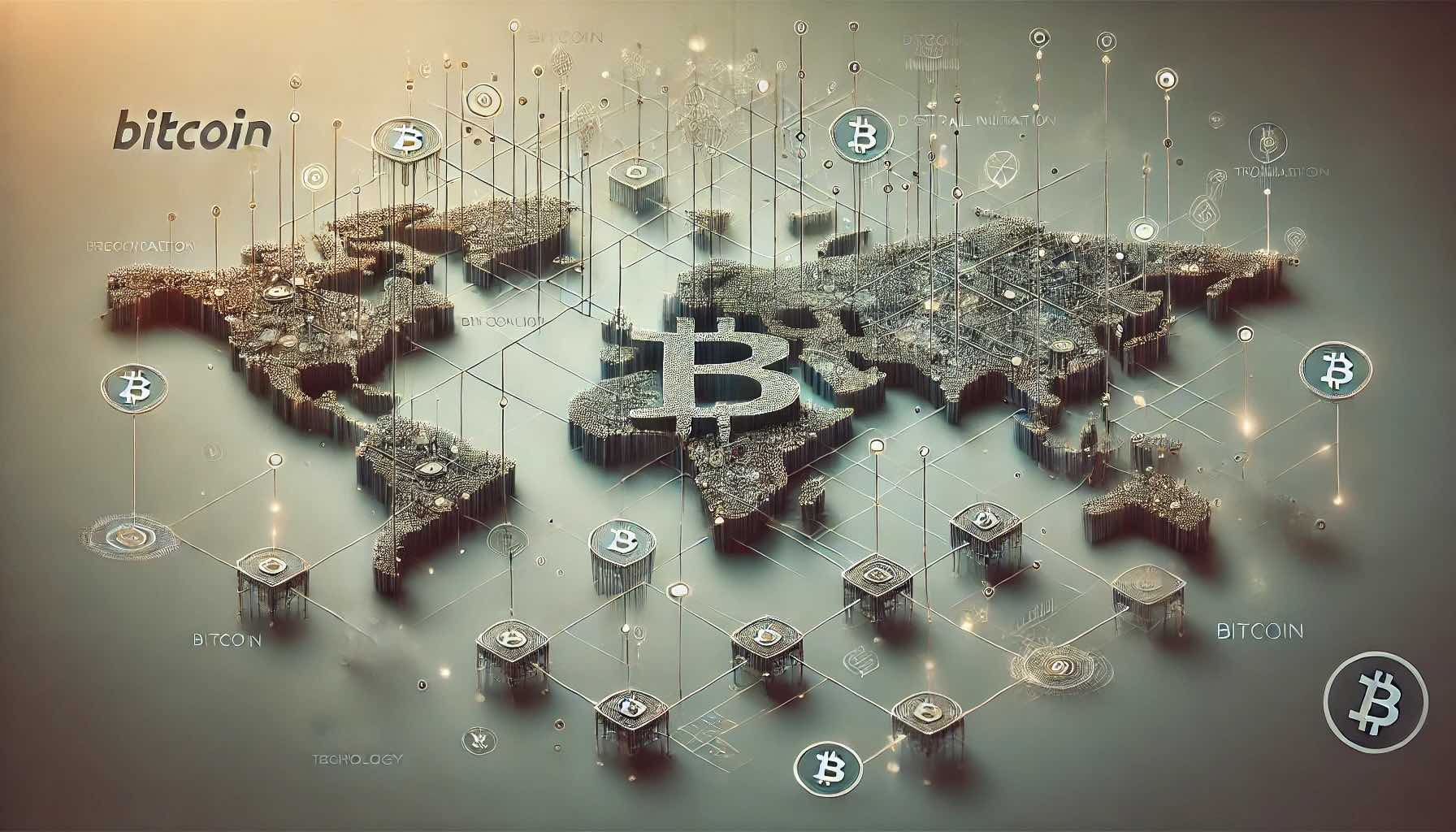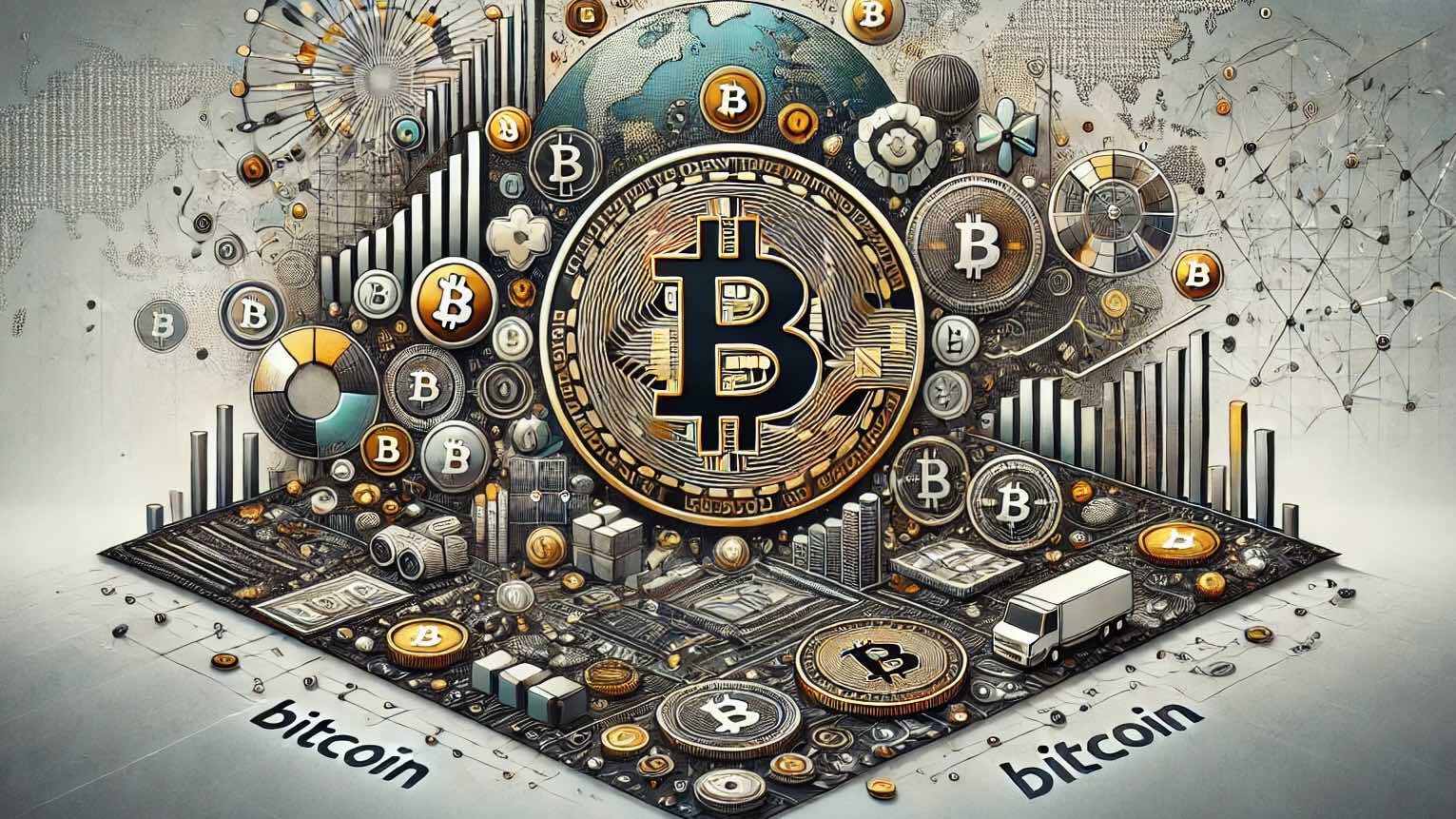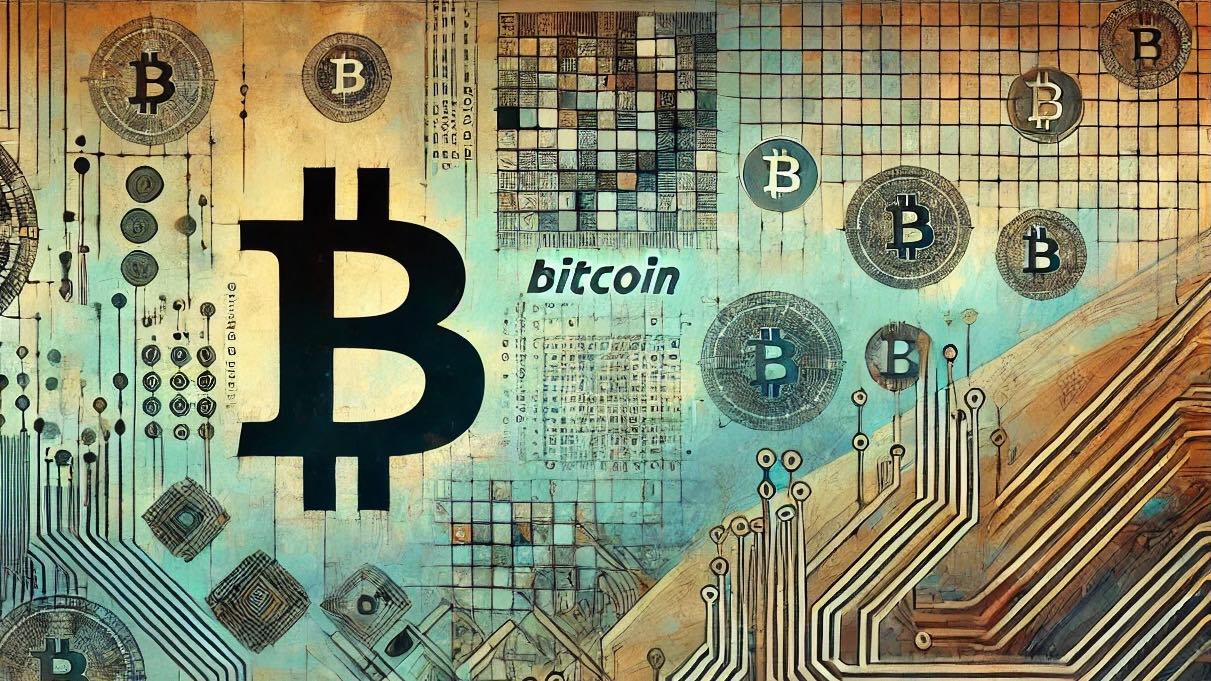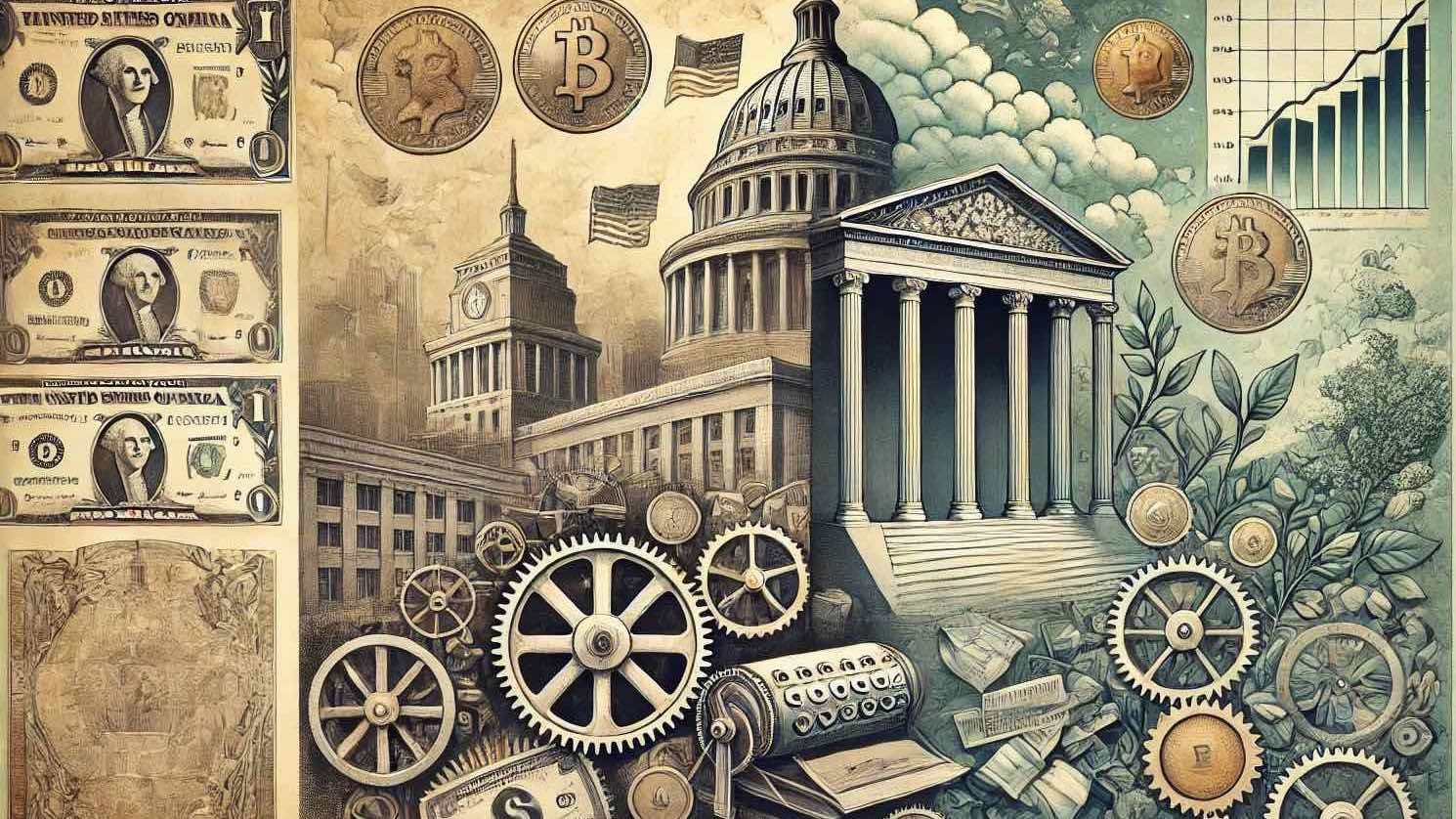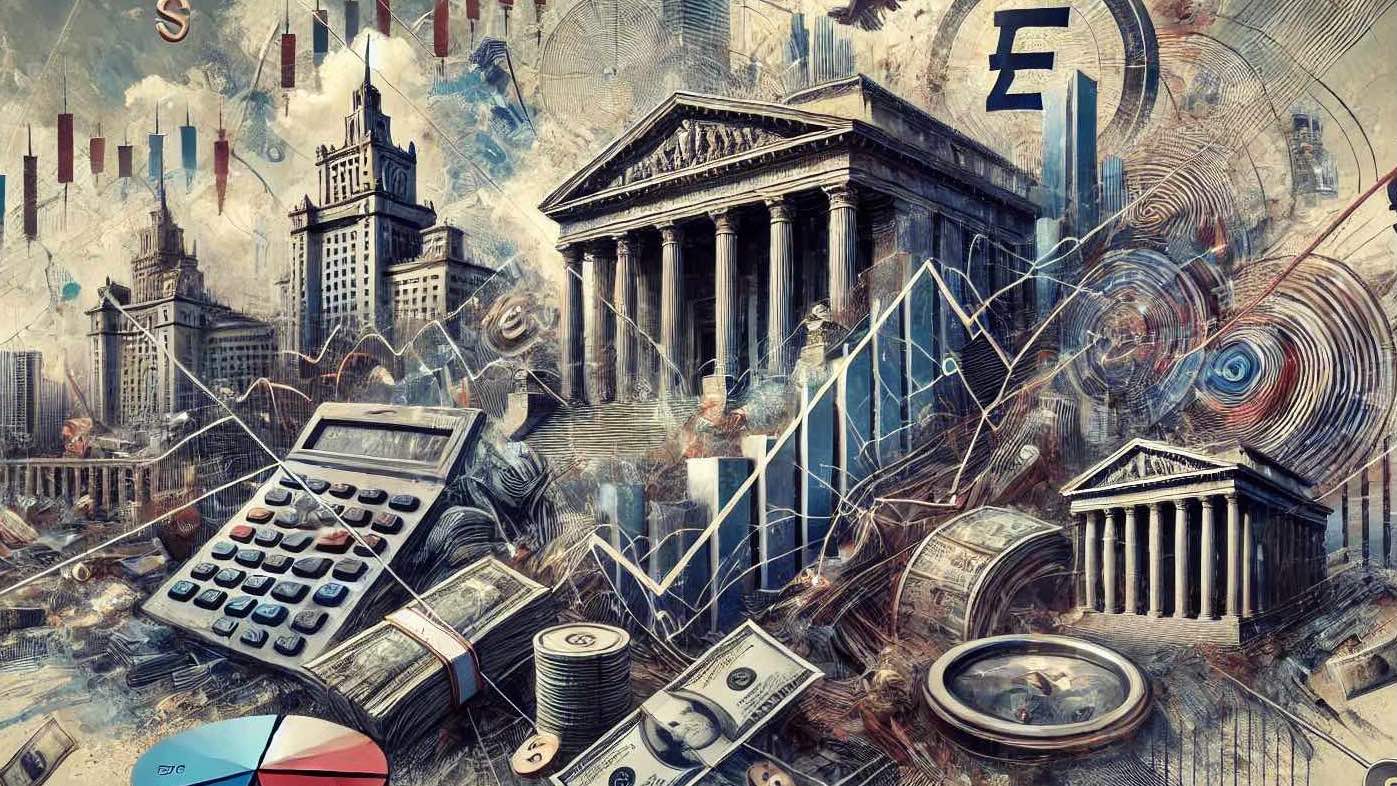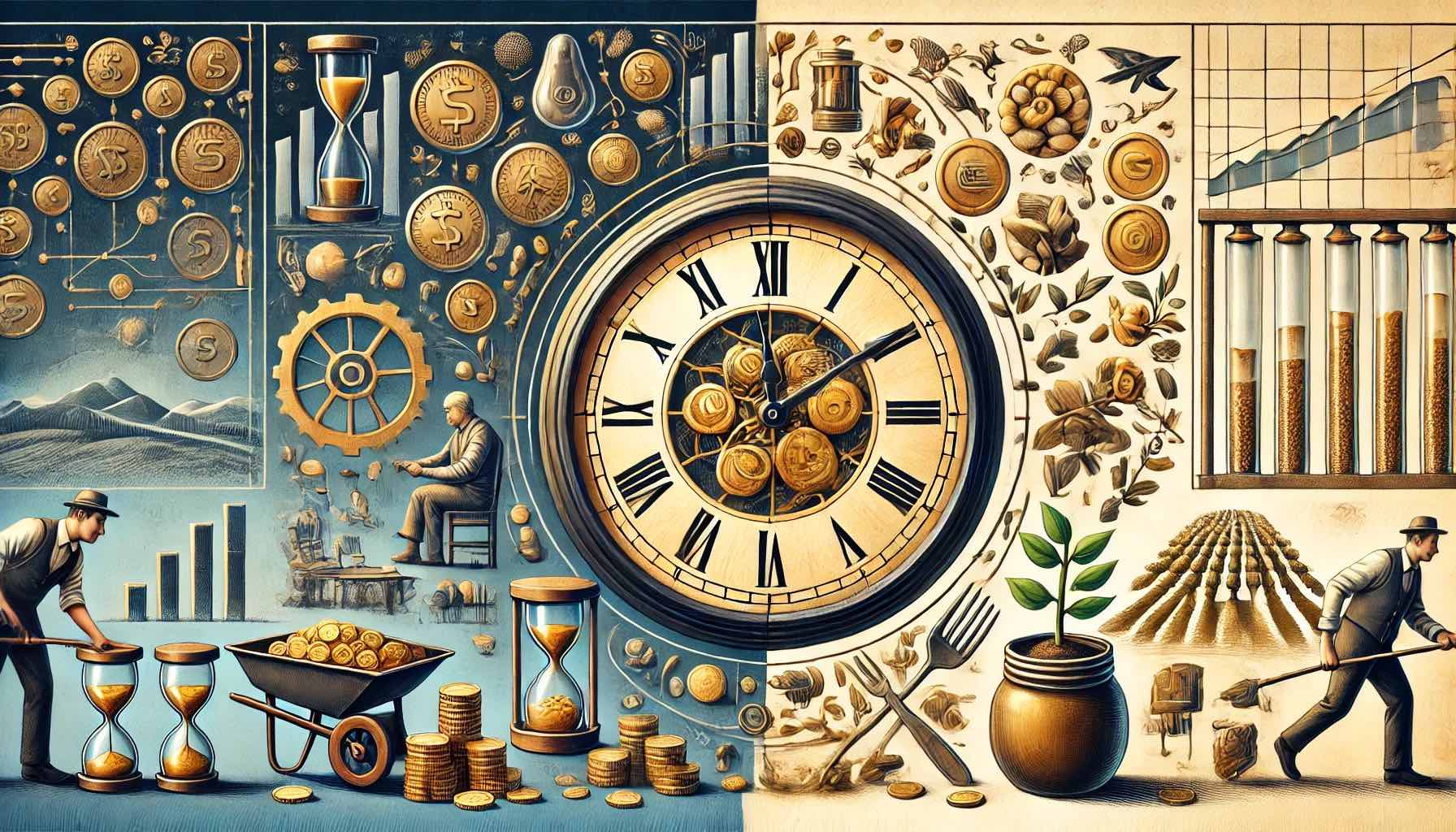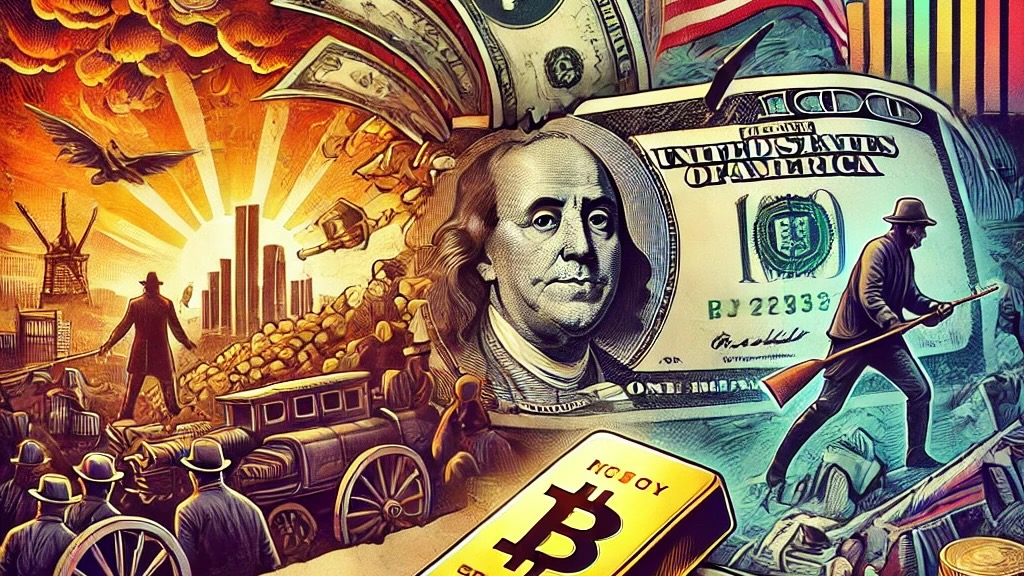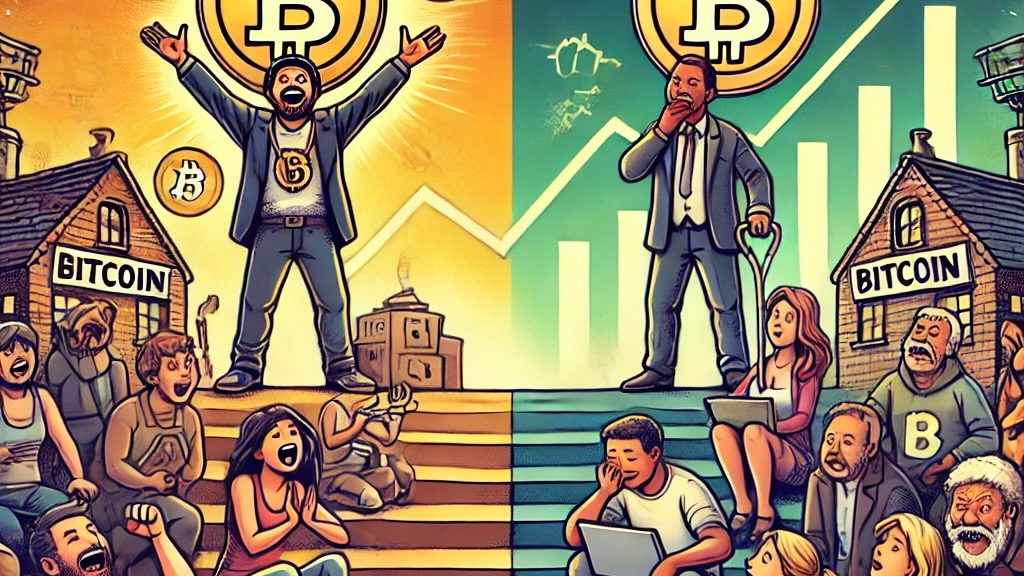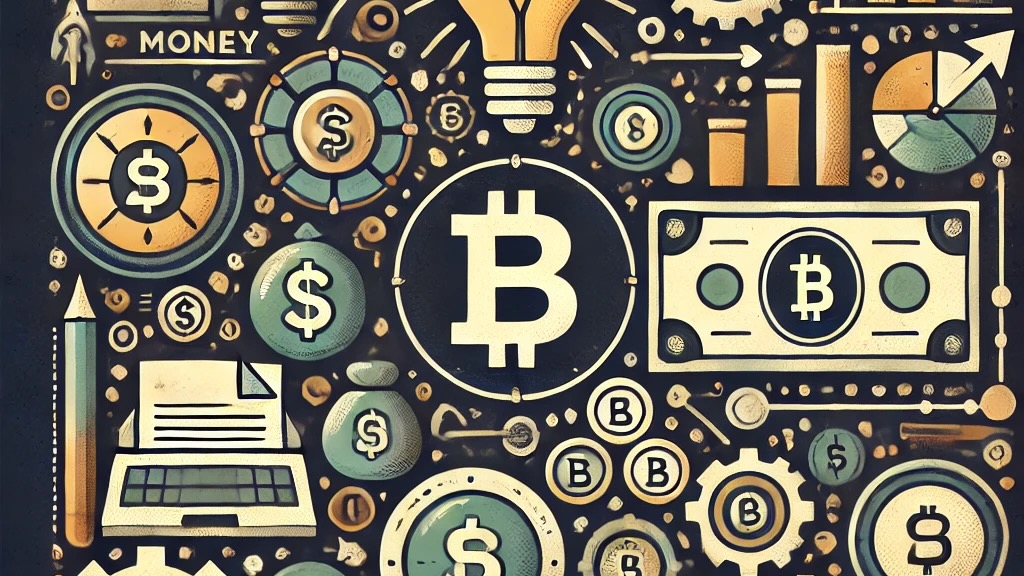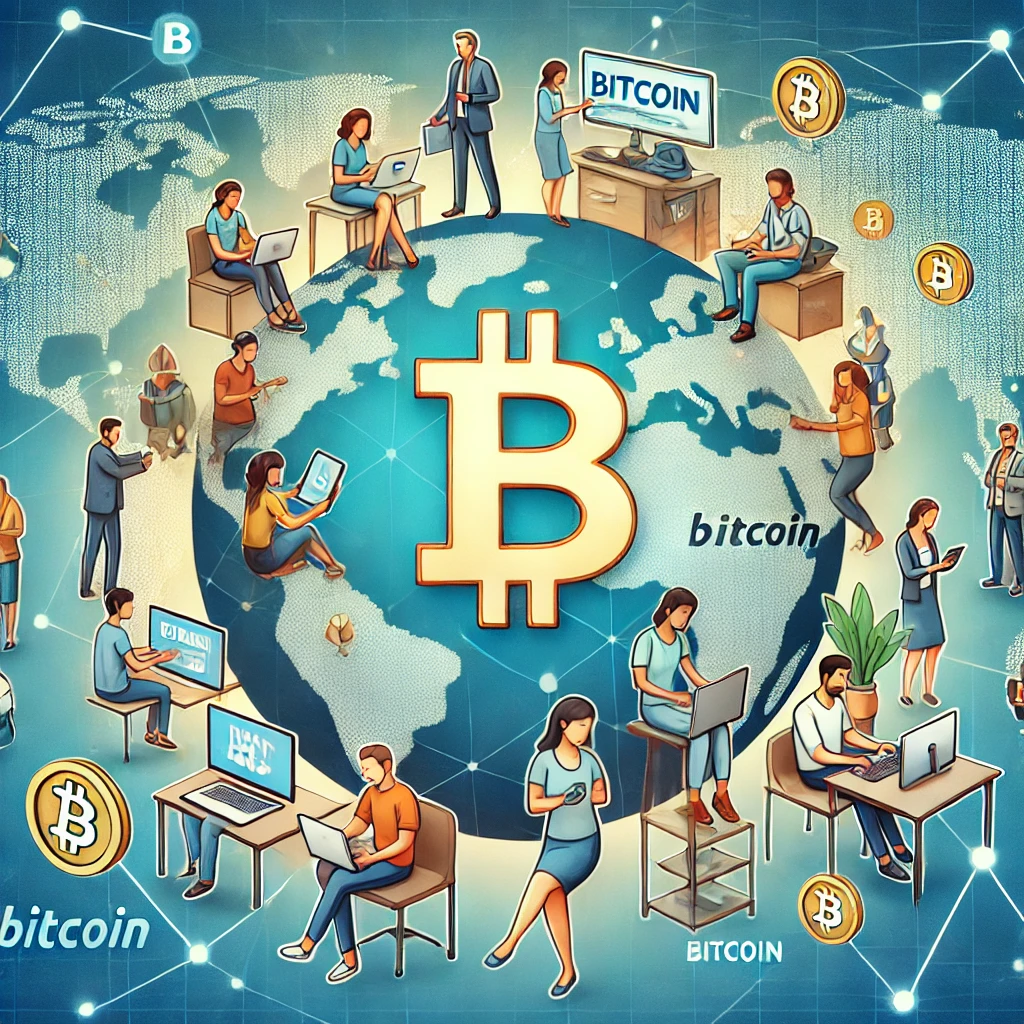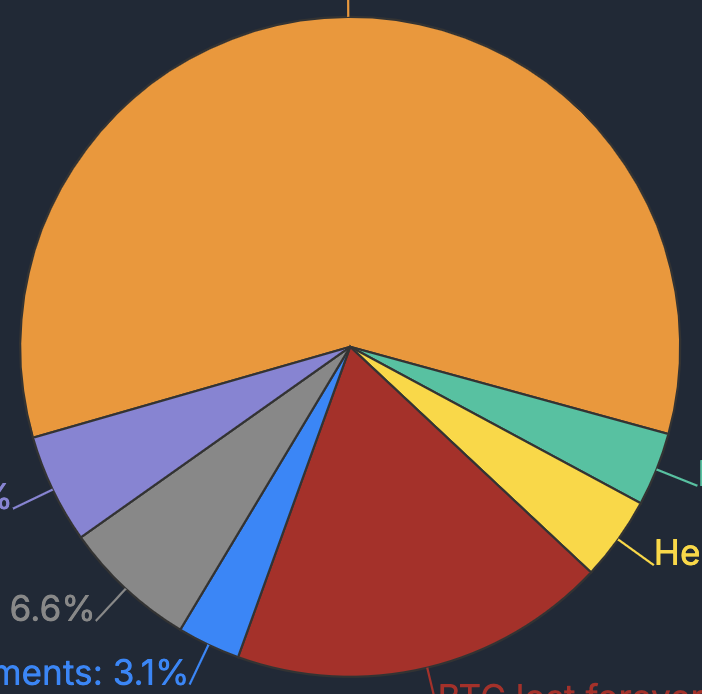Why Bear Markets Have Been Outlawed: Understanding the Fed's New Market Reality
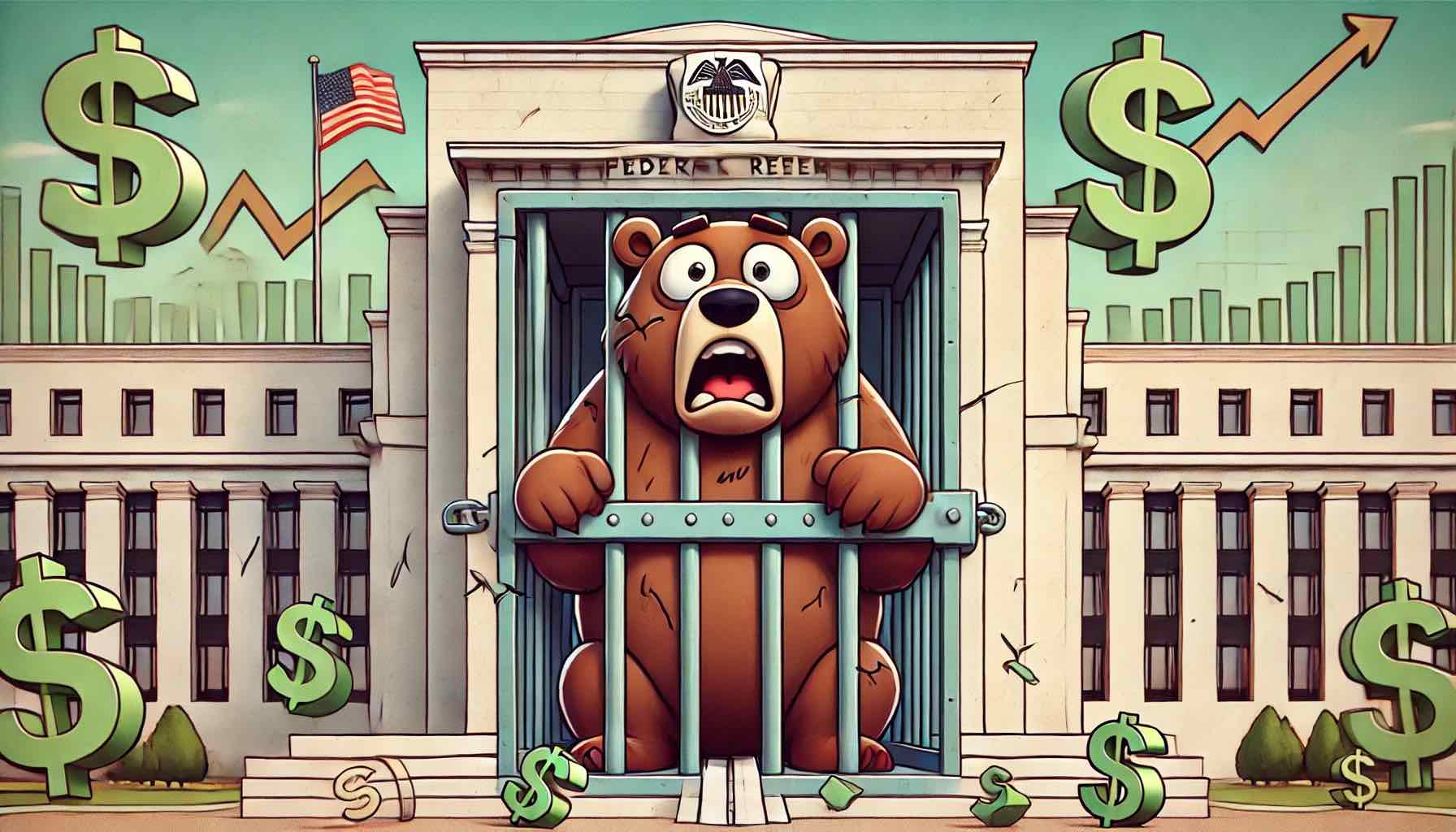
I read a fascinating interview with Phil Rosen recently, where they explored a radical but increasingly evident truth: the Federal Reserve has fundamentally broken the traditional market cycle, essentially outlawing prolonged bear markets. Here's why this matters and what it means for investors.
The Great Market Transformation
The game changed after the 2008 financial crisis, but it took until 2020 for investors to fully realize it. The Fed introduced quantitative easing (QE) as a new tool, but the real test came during COVID-19. When governments locked everyone in their homes and shut down businesses, we got to witness the Fed's true colors in crisis - and they showed their hand definitively.
The result? Emergency rate cuts to 0% and trillions in money printing. This wasn't just another intervention; it was proof of concept for what many investors had suspected: the Fed will not allow a prolonged bear market to exist.
The New Market Physics
Here's what's fascinating: Even in 2022, when the Fed was aggressively hiking rates, asset prices still found their bottom and resumed climbing to all-time highs. Why? Because the fiscal policy of printing hundreds of billions overwhelmed monetary tightening. It's become clear that between the Fed and politicians, someone will always be pumping liquidity into the system.
This creates a new reality: While we can still have 3-6 month corrections or even up to a year of declining prices, 18+ month bear markets appear to be a thing of the past. The system is now structurally designed to prevent them.
The Generational Divide
Young investors are outperforming older ones for a simple reason: they don't have to unlearn old market principles. They grew up in the QE era and intuitively understand that the game is about getting out on the risk curve. What seems reckless to traditional investors is actually rational adaptation to the new reality.
Look at companies like Carvana (an online retailer that buys and sells used cars in the US, known for their glass tower "car vending machines"), which crashed 90% only to come roaring back. To crypto natives, this kind of volatility is nothing new. The key is understanding that while prices can crash dramatically, the Fed's safety net ensures they won't stay down for long.
The Risk Framework
Does this mean markets can never crash? Nope. Asset prices can and will fall. What's changed is that they can't stay down for prolonged periods. The Fed now has a tested playbook: slash rates to zero, print money, and restore asset prices.
Think about it this way: What could possibly be worse for the economy than forcing everyone to stay home for months while shutting down businesses? That was the ultimate stress test, and we saw exactly how the Fed responds to crisis. They'll do "whatever it takes" - and now everyone knows it.
The Investment Implications
This new paradigm requires updating traditional valuation models. When companies are more capital efficient than ever and investors are buying stocks partly as inflation protection, historical multiples become less relevant. We need old-school timeless principles updated with modern data.
For young investors with long time horizons, this creates a simple strategy: buy assets, hold through volatility, and trust that the system is designed for prices to recover. The Fed put (their implicit guarantee to support markets) has never been stronger.
The Caveat
One important note: This primarily applies to U.S. markets. While other countries' markets exist and can generate returns, America remains the "major leagues" of global finance. The outperformance of U.S. indices isn't an accident - it's structural.
Looking Ahead
As more investors recognize this new reality, we're seeing a shift in sentiment. A recent Yale survey showed 46% of individual investors believe there's less than a 10% chance of a market crash in the next six months - the highest level since 2006.
The key question isn't whether this creates a "bubble" - the whole concept of bubbles needs to be reconsidered when the monetary and fiscal architecture is designed for perpetual asset inflation. Instead, investors need to ask themselves: Do you understand the new rules of the game, or are you still playing by an outdated rulebook?
What do you think about this new market paradigm? Are traditional bear markets truly extinct, or will the system eventually break under its own weight?
Let us know in the comments below.
